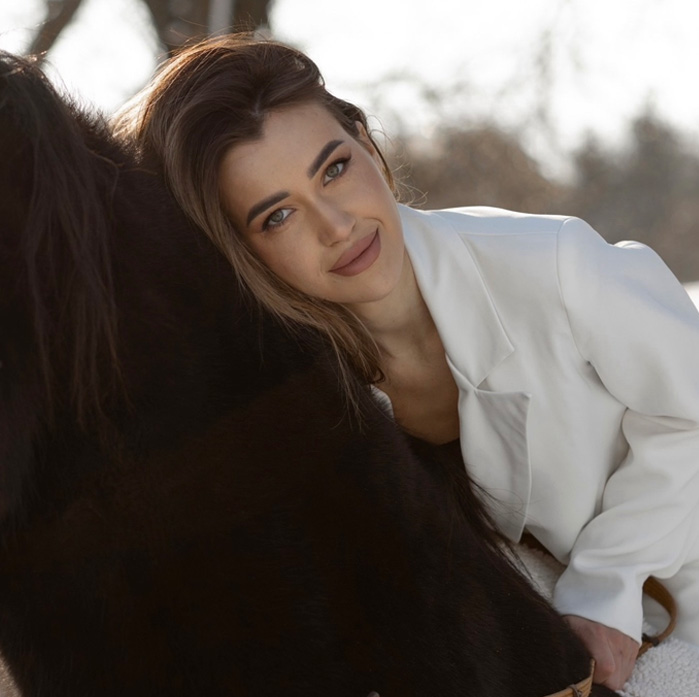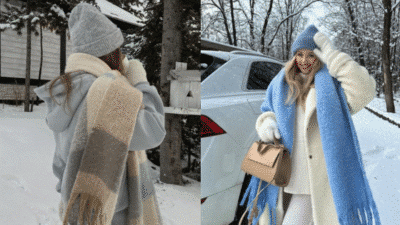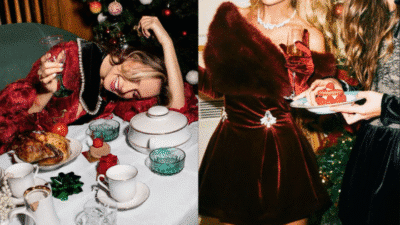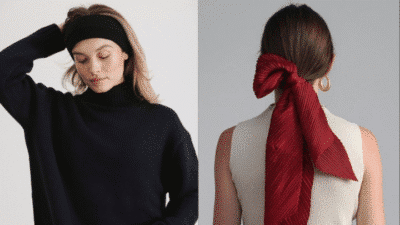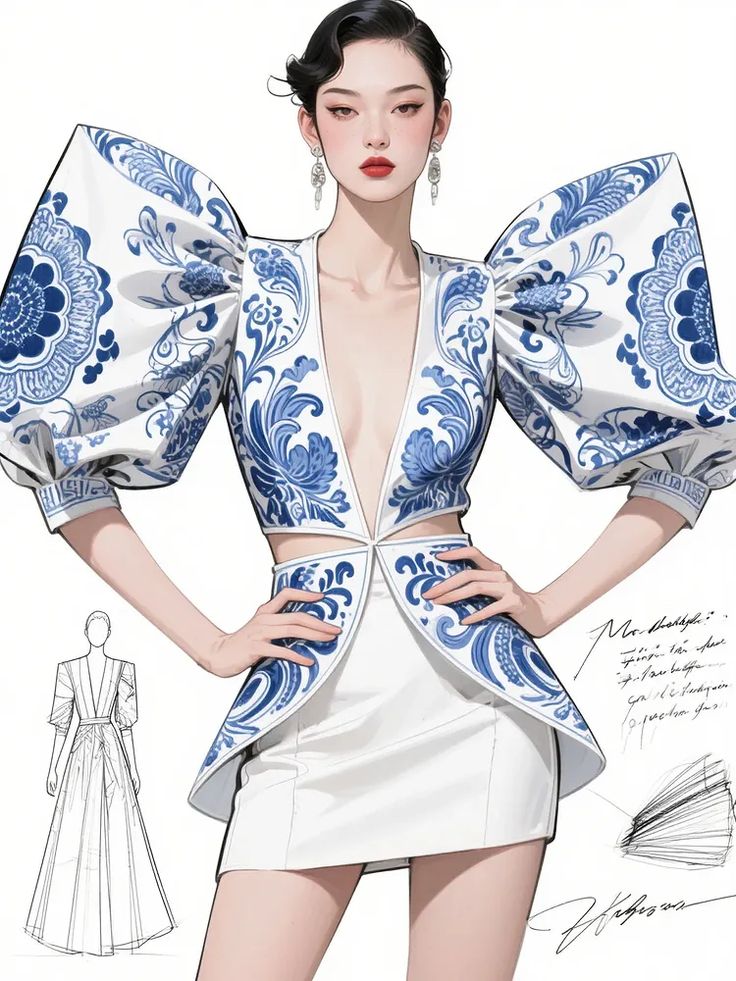
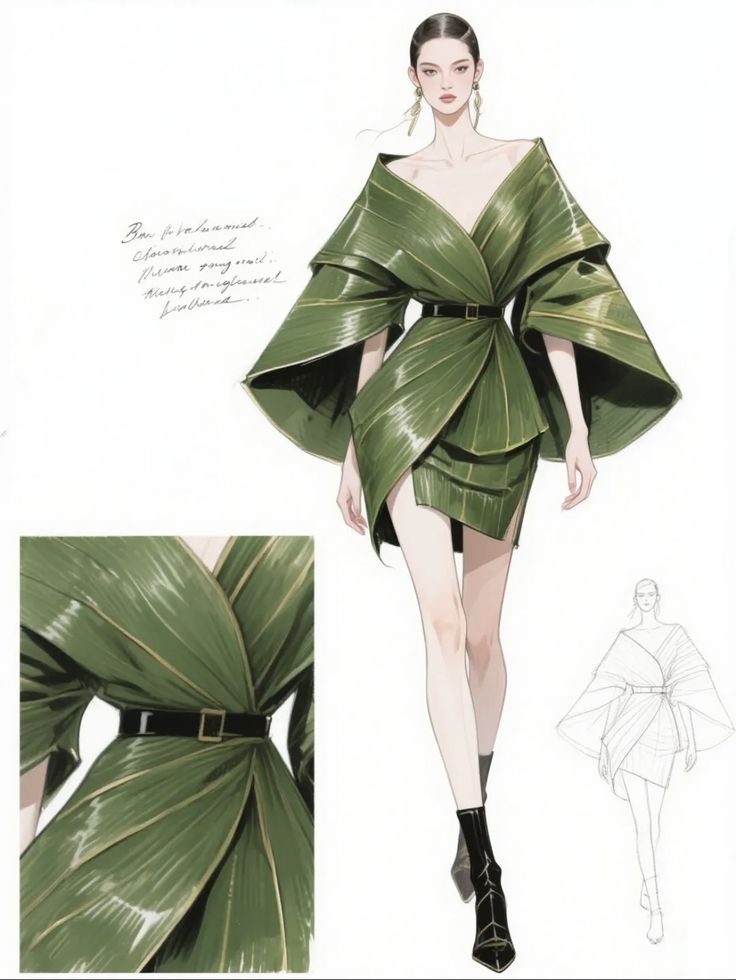
Clothing design inspiration comes from many different places, and understanding where to look can help designers create fresh and unique pieces. The best inspiration often comes from blending ideas from nature, culture, and everyday life. This approach gives designs depth and meaning.
Designers find ideas in art, history, and even the latest technology. Street style and personal experiences also play a big part in shaping new looks. Taking note of these influences can make designing both easier and more creative.
Travel and global cultures add variety to what designers see and use. Using digital tools and paying attention to seasons or special events can also spark new ideas. This wide range of influences keeps clothing design exciting and original.
Key Takeaways
- Inspiration comes from many sources like nature, culture, and daily life.
- Combining different influences leads to more creative designs.
- Technology and global experiences help keep designs fresh and modern.
Understanding Clothing Design Inspiration
Clothing design inspiration involves recognizing where creative ideas come from and why they matter. It also shows how these ideas shape what people wear over time. Designers use many different sources to find new looks and push fashion forward.
Definition and Importance
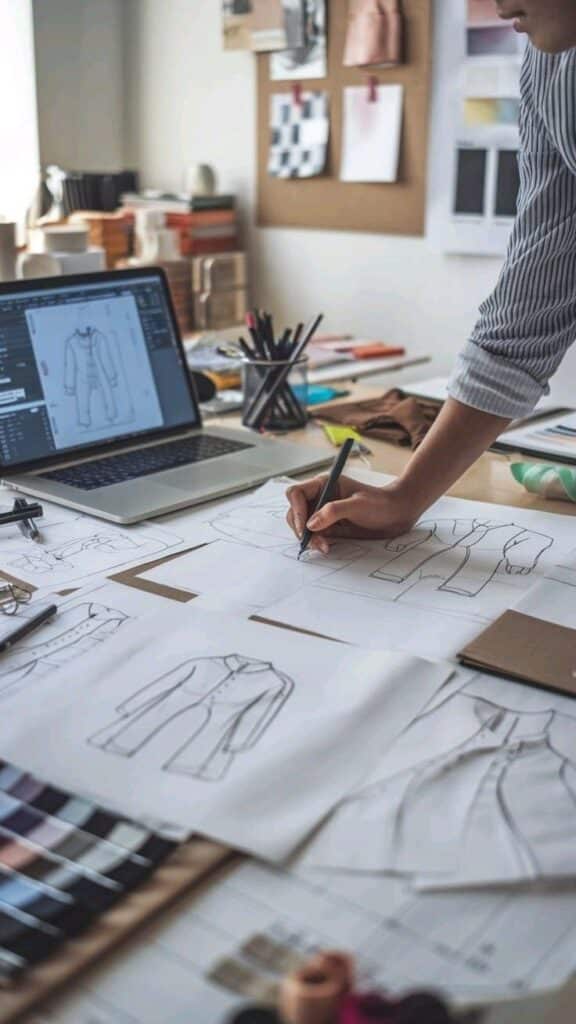
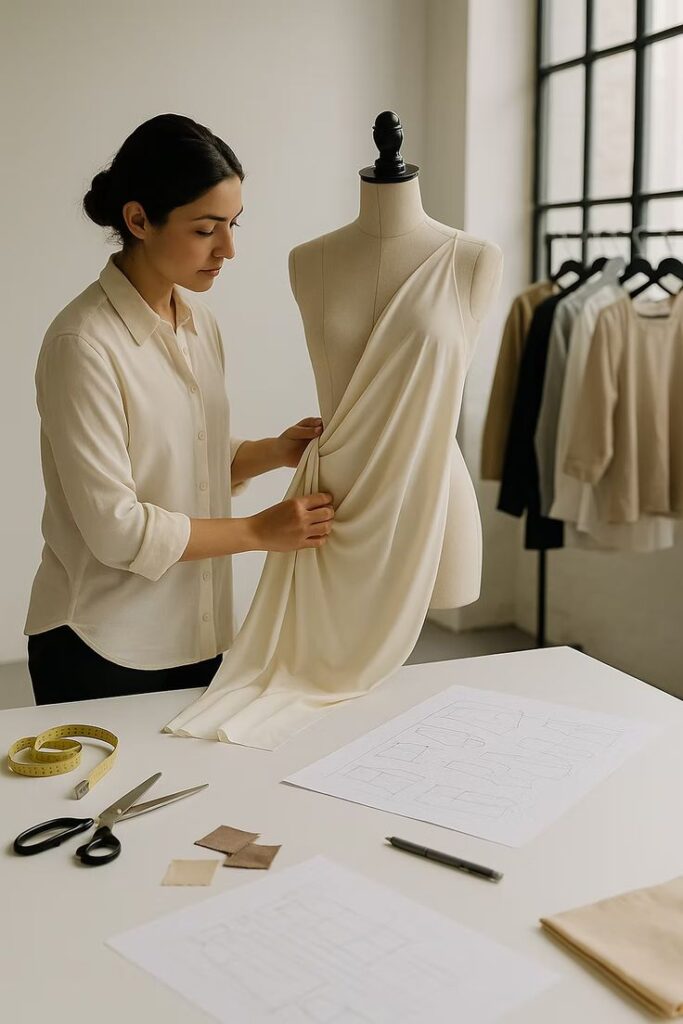
Clothing design inspiration is the process of finding ideas that help create unique garments. It is important because it drives creativity and innovation in fashion. Without inspiration, designs can become repetitive or boring.
Inspiration helps designers respond to culture, nature, art, or technology. It allows them to express new trends and meet changing customer tastes.
Key Sources of Creative Influence
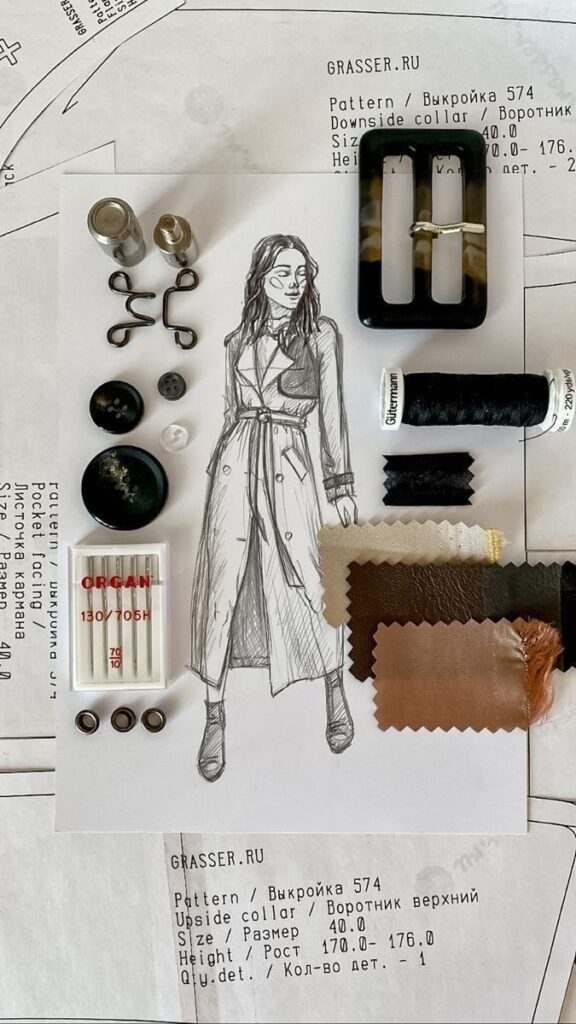

Designers find inspiration from many places, such as:
- Nature: Colors, textures, and shapes of plants and animals.
- History: Styles and clothing from different time periods.
- Art: Paintings, sculptures, and architecture.
- Technology: New materials and production methods.
- Culture: Traditions, festivals, and everyday life around the world.
Each source brings fresh ideas that influence fabric choice, patterns, and overall style.
Impact on Fashion Trends

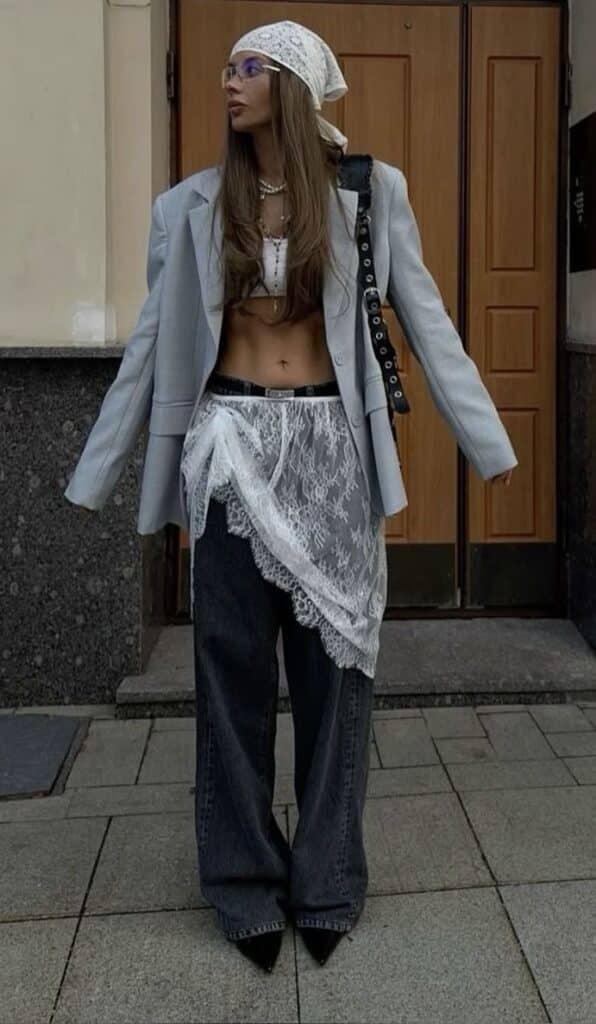
Inspiration shapes fashion trends by introducing new looks that catch public interest. When designers create inspired designs, retailers and consumers often follow, making those ideas popular.
Trends can:
- Reflect social changes, like movements toward sustainability.
- Highlight innovative materials or techniques.
- Revive past styles with a modern twist.
This flow from inspiration to trend influences what is sold and worn widely.
Historical and Cultural Influences
Clothing design often draws from specific time periods, cultural symbols, and traditional garments. These sources give designers ideas about shapes, colors, and fabrics. Inspiration from history and culture helps create unique and meaningful styles.
Iconic Fashion Periods
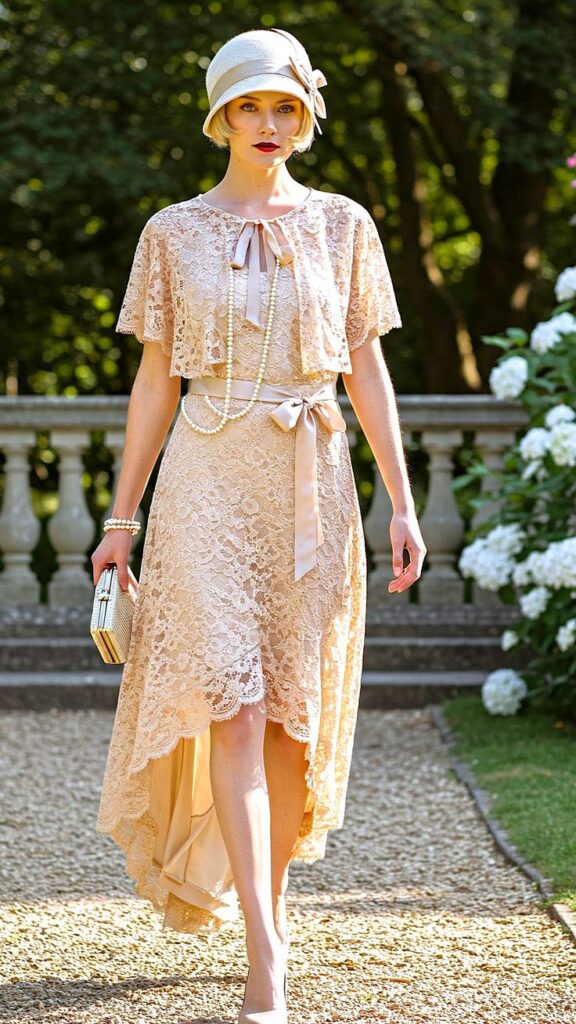

Certain fashion periods have had lasting effects on modern design. The Victorian era brought detailed lace, corsets, and full skirts, emphasizing structure and elegance. Designers still use these elements for formal wear.
The 1920s introduced flapper dresses, loose fits, and sequins. This style symbolized freedom and rebellion and influences casual and party wear today.
The 1960s added bold patterns and bright colors, inspired by youth and counterculture movements. Many designers borrow these ideas to bring energy to their collections.
Global Cultural Motifs
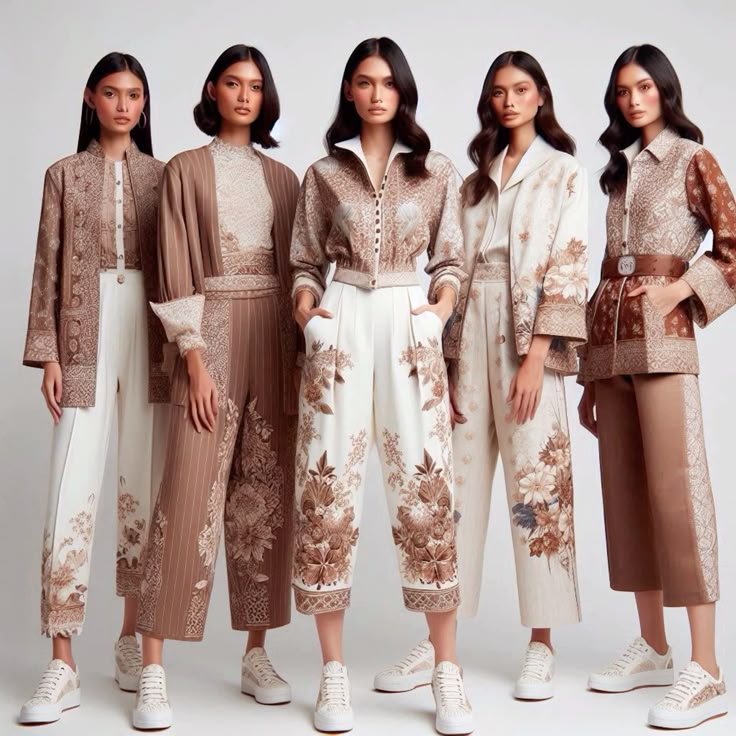

Different cultures offer distinct patterns and symbols that appear in clothing design. African prints, like Ankara fabric, use vibrant colors and geometric shapes. These patterns symbolize life, nature, and community.
Japanese kimonos inspire layered looks and use silk with subtle patterns. The minimalist style and attention to detail influence modern tailoring.
Native American designs often include beadwork and fringe. These motifs connect fashion to history and storytelling, emphasizing craftsmanship.
Traditional Garment Inspirations
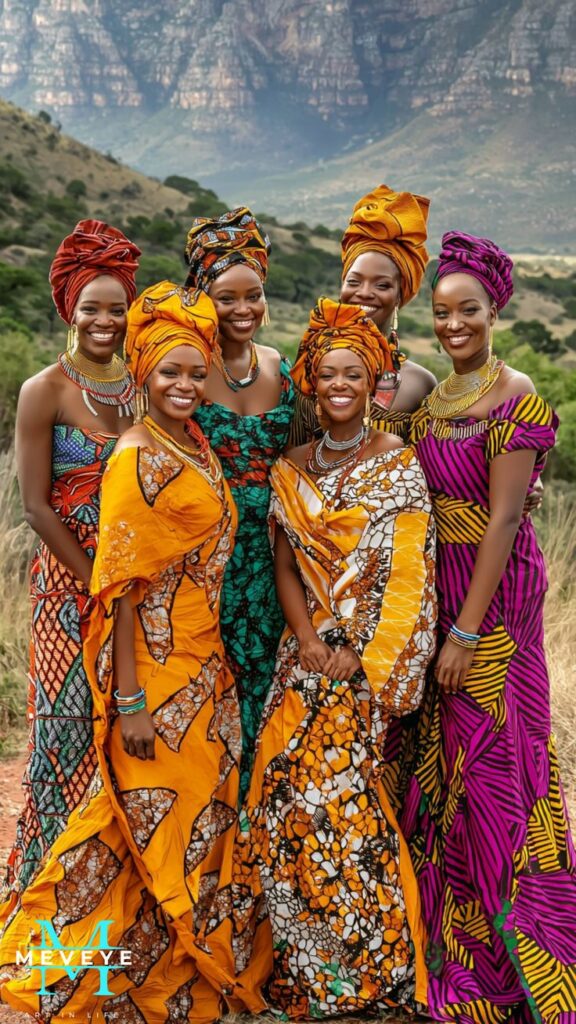
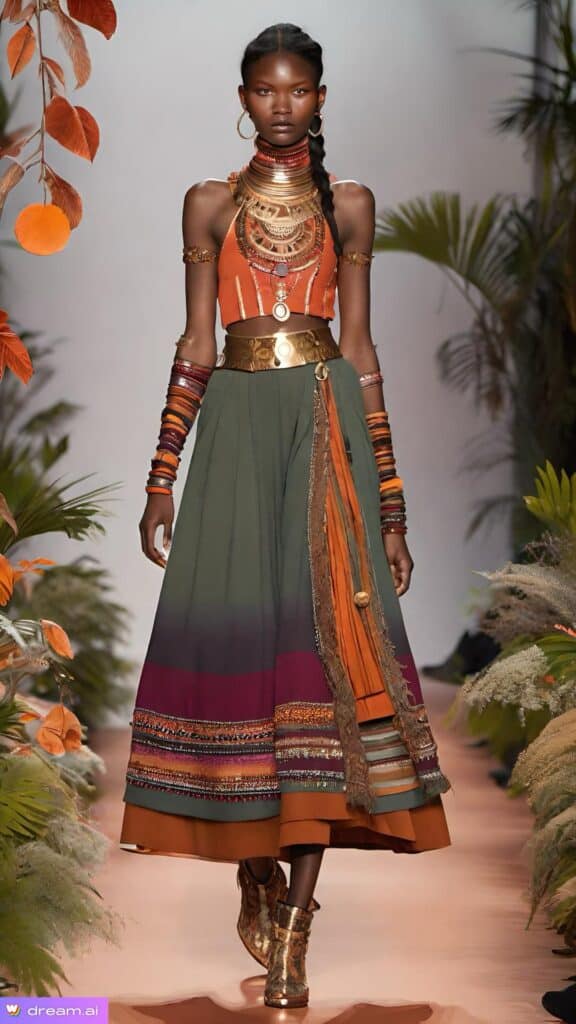
Traditional outfits provide a foundation for modern design. The Indian sari is known for its draping and bright colors, influencing flowing dresses and scarves.
The Scottish kilt, made of tartan fabric, brings in texture and patterns representing heritage. Designers use this for skirts and accessories.
Mexican huipil embroidery offers colorful, hand-stitched designs. It inspires decorative details in tops and dresses, blending culture with contemporary fashion.
Nature and Environmental Inspiration
Nature offers a wide range of ideas for clothing design. Designers often use colors, shapes, and textures directly from the environment to create unique pieces. This includes details from plants, animals, and landscapes that can be both subtle and bold.
Botanical Elements

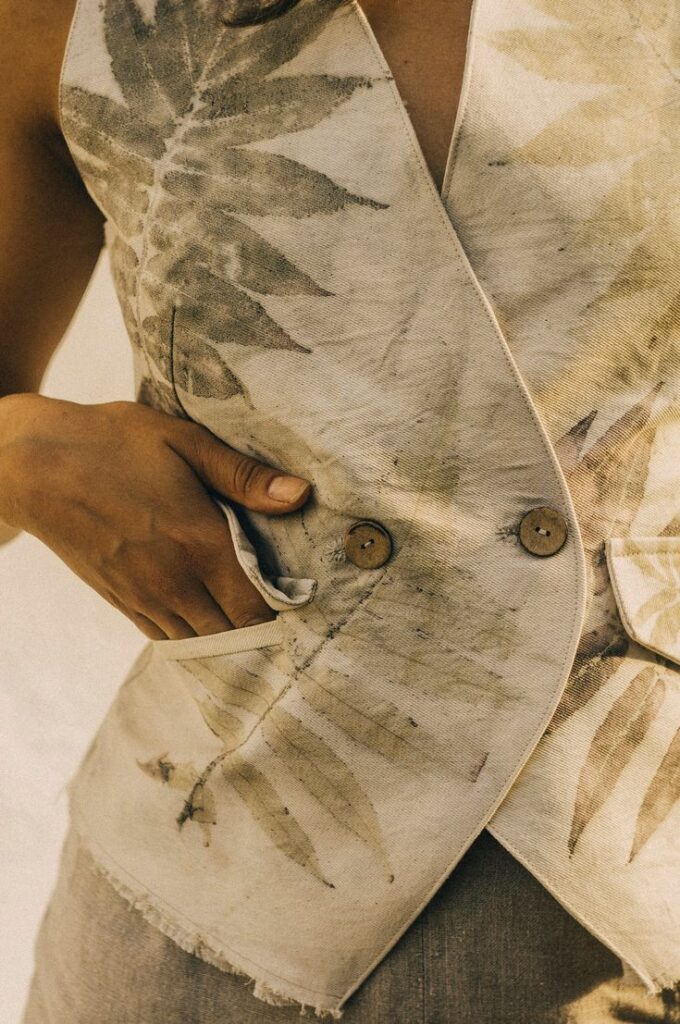
Many designers find plants and flowers a rich source of inspiration. Leaves, petals, and branches influence the shapes and patterns on fabrics. Prints often mimic the veins of leaves or the delicate curves of flower petals.
Colors from the plant world, like the bright green of new leaves or the soft pastels of blossoms, are common choices. Textures can also imitate rough tree bark or smooth flower surfaces, adding depth to the clothing.
Botanical themes can be used in embroidery, fabric prints, and even in the structure of the garments. This connection to nature appeals to people who like fresh and organic looks.
Animal Patterns and Textures
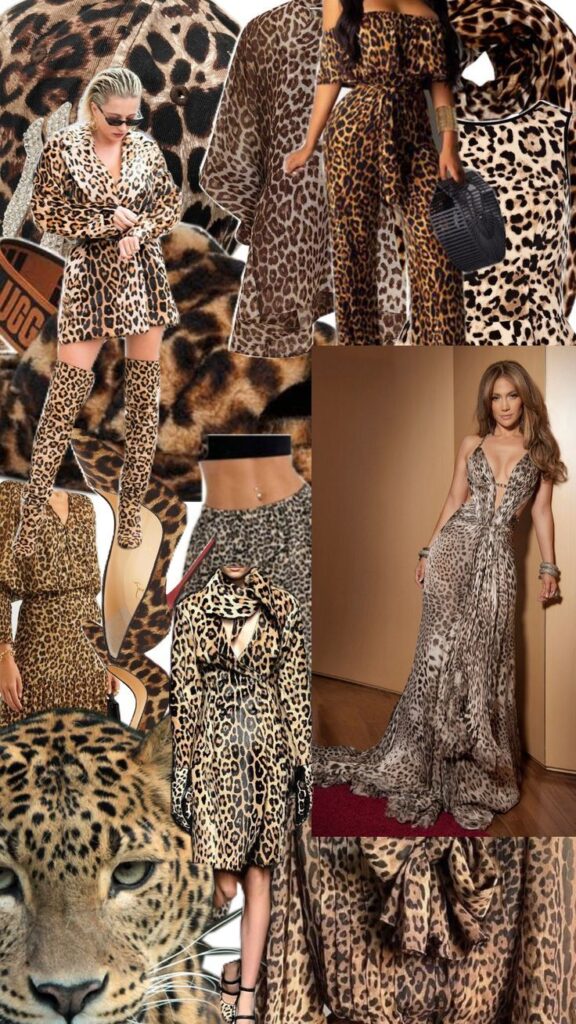
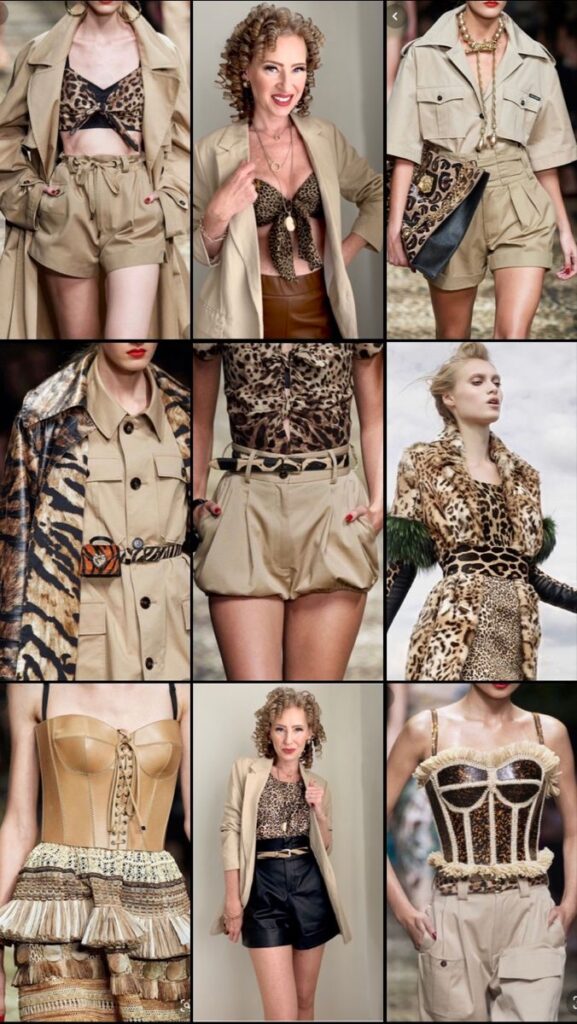
Animal prints and textures add a bold and tactile element to clothing design. Popular patterns like leopard spots, zebra stripes, and snake scales are often recreated on fabrics. These patterns offer variety and a sense of wildness.
Beyond prints, textures inspired by fur, feathers, or scales shape the feel of a garment. Designers may use faux fur or feathers to give clothing a rich, natural look without harming animals.
Animal-inspired clothing can range from subtle accents to full patterns. This makes it versatile for different styles, from casual to high fashion.
Natural Landscapes and Scenery
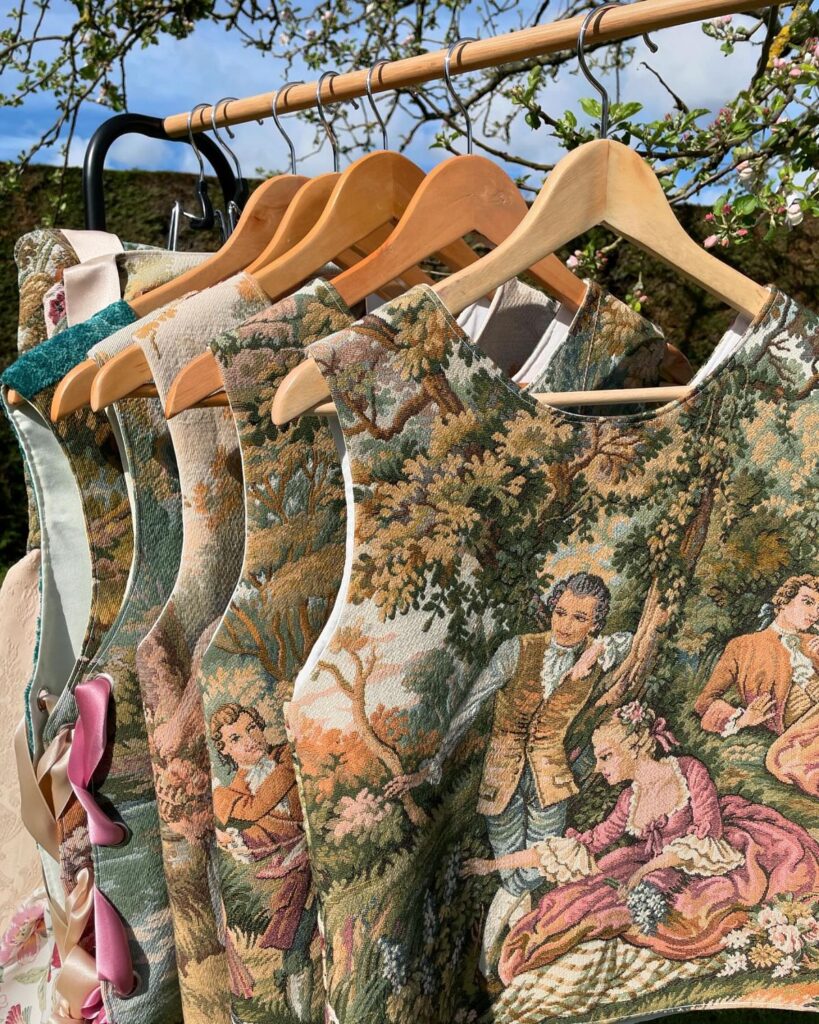
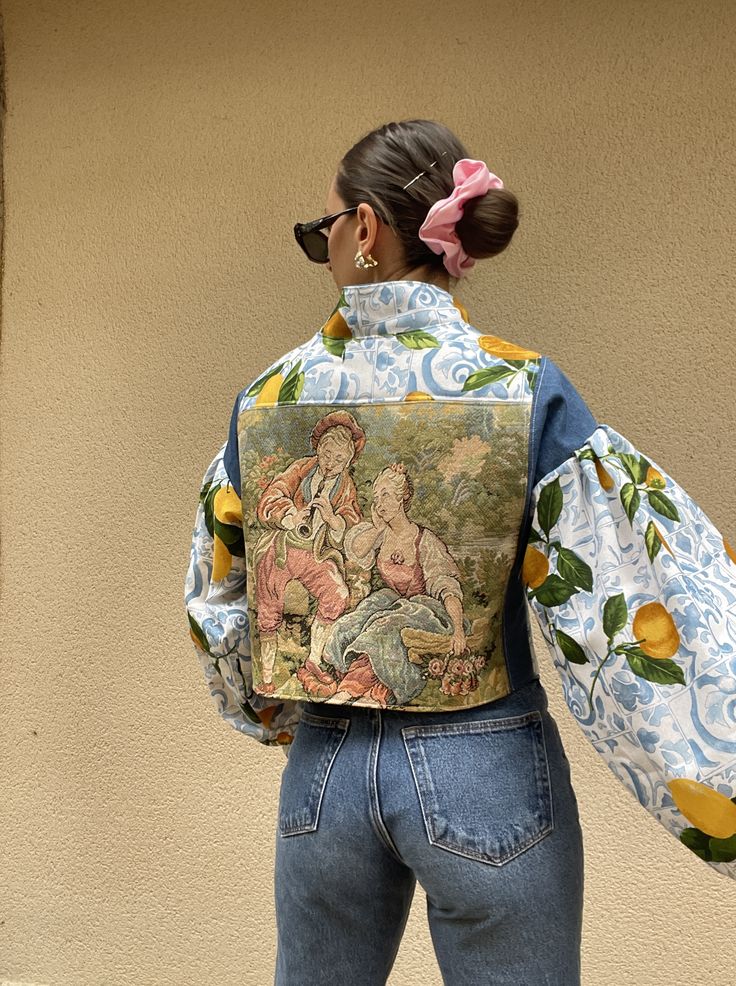
Natural landscapes inspire the flow and color schemes of clothing. Mountains, deserts, oceans, and forests offer a palette of tones and moods. For example, designers might use soft blues from the sea or earthy browns from the soil.
Flowing fabric can mimic the movement of water or wind. Layered or textured materials can suggest rocky or uneven terrain. This approach brings a sense of place and atmosphere to designs.
These elements often appear in print designs or as structural details. They connect the wearer to the environment in a visual and physical way.
Technology and Modern Materials
New technology and materials allow designers to create clothing with fresh textures, shapes, and functions. These tools help blend creativity with practical uses. Designers use smart fabrics, digital tools, and tech-inspired styles to push fashion forward.
Innovative Fabrics
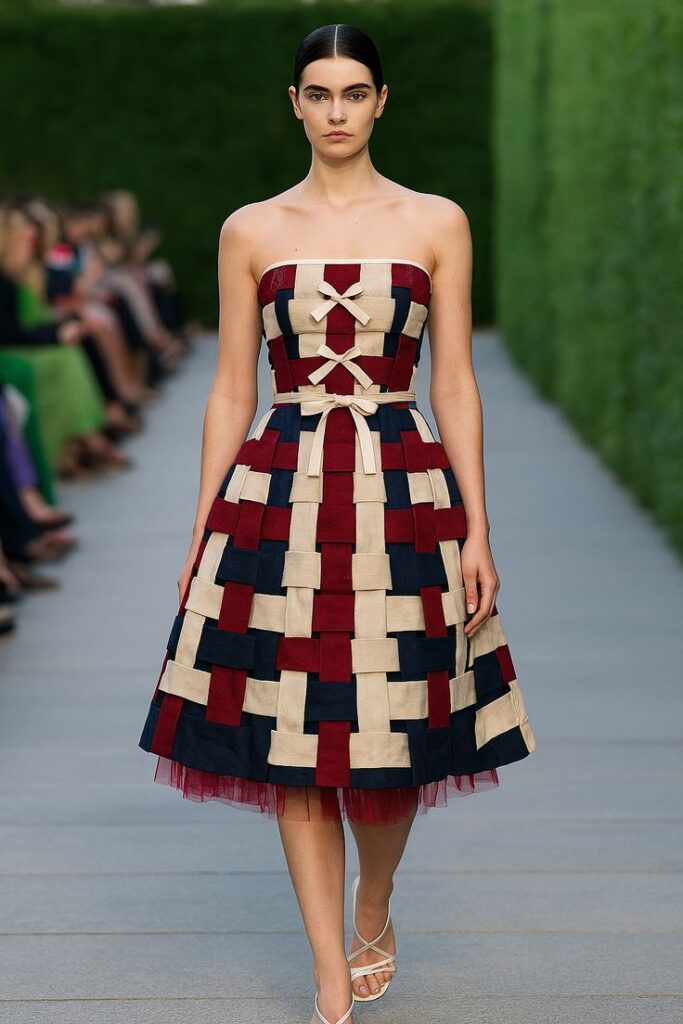
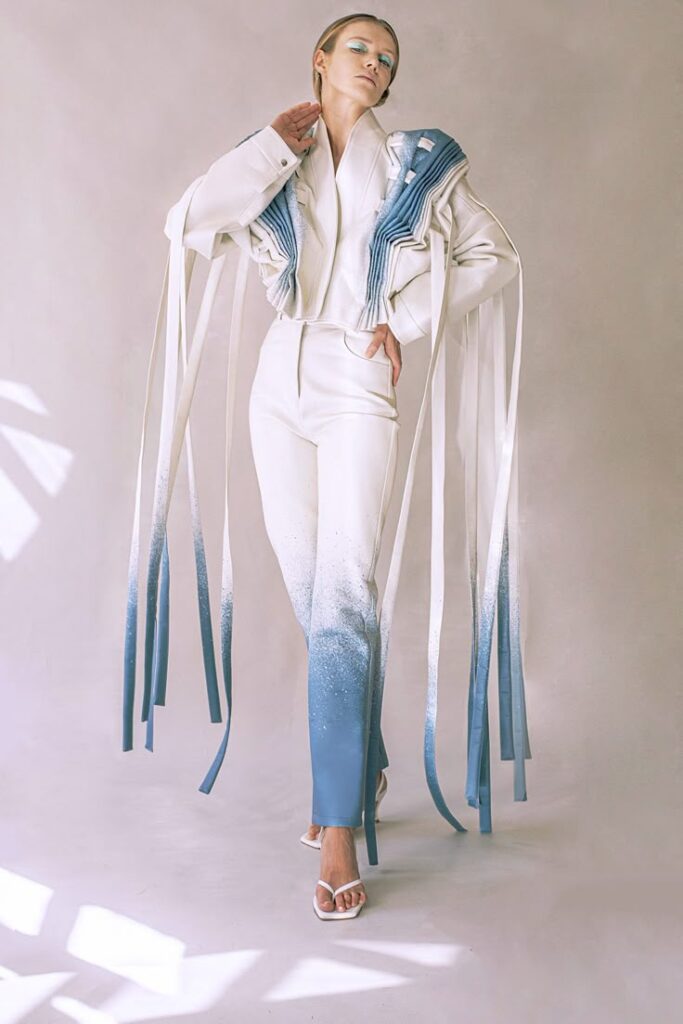
Innovative fabrics include materials with new properties like breathability, stretch, and moisture-wicking. Examples are Gore-Tex for waterproofing and Kevlar for strength. Some fabrics are made from recycled plastics, helping sustainability.
Smart textiles can change color or temperature. For instance, some fabrics react to sunlight or body heat to improve comfort. These fabrics offer both style and performance. They also allow designers to explore new ways of using fabric beyond traditional cloth.
Digital Design Sources
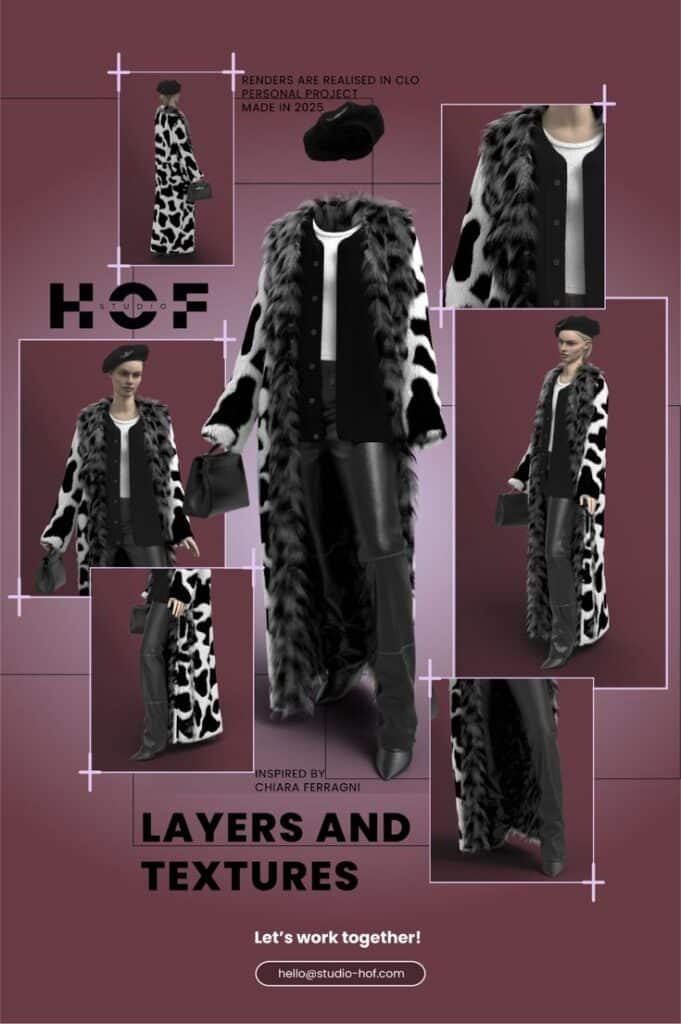
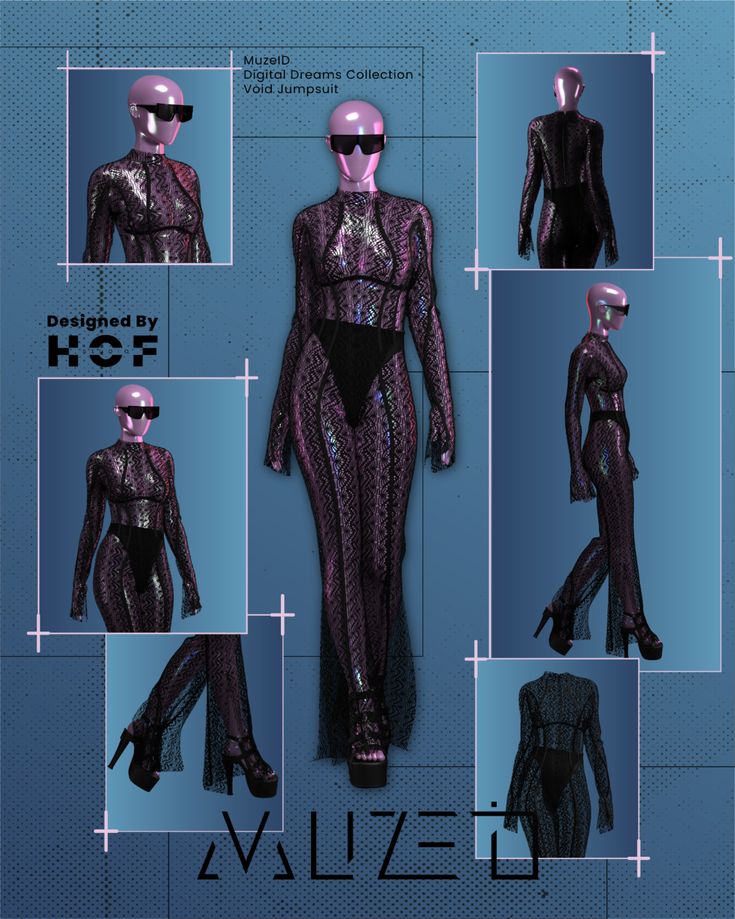
Digital design uses software and online tools to create patterns and visualize garments. Programs like Adobe Illustrator and CLO 3D let designers build exact garment models before making them. This speeds up the process and reduces waste.
Designers also use social media and digital mood boards to find global style trends. Data from fashion shows, blogs, and streetwear feeds into their creative process. This helps create clothes that appeal to current tastes and markets.
Tech-Driven Aesthetics
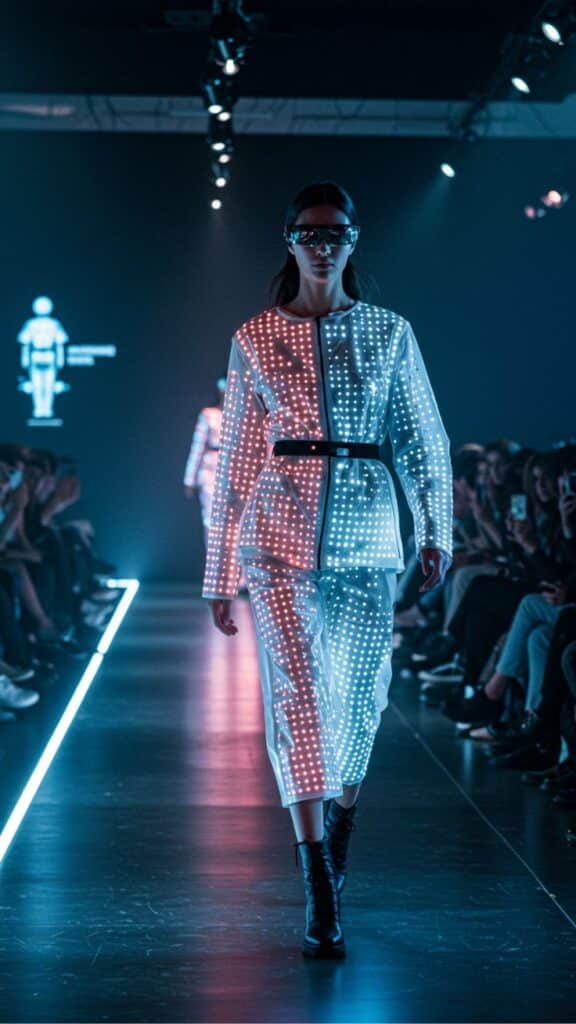
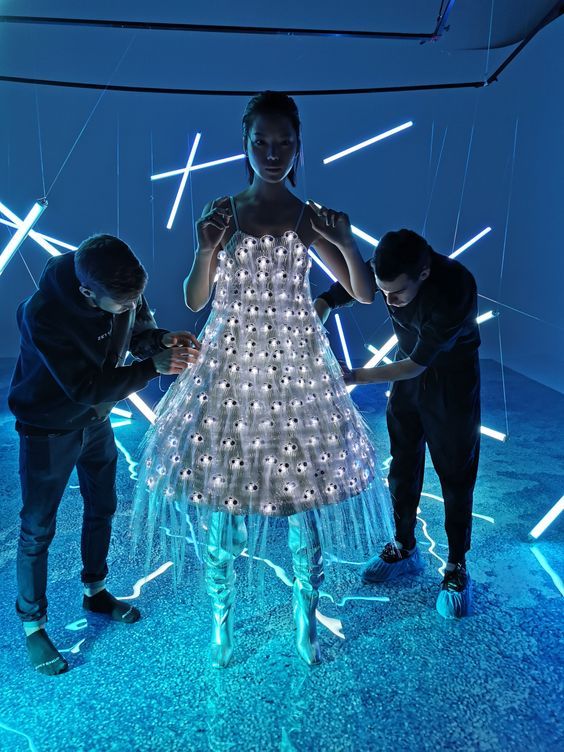
Tech-driven aesthetics focus on clean lines, geometric shapes, and futuristic looks. LED lights, reflective materials, and metallic finishes are common in tech-inspired fashion. These add a modern edge to designs.
Wearable technology like smartwatches and fitness trackers influence style too. Designers blend functionality and looks, creating garments that interact with technology. This approach appeals to consumers who want clothes that work with their digital lives.
Artistic and Visual Arts Influences
Art and visual expression have always shaped how clothing looks. Inspiration can come from different styles, techniques, and materials seen in the art world. Designers draw on these elements to create unique and meaningful garments.
Fine Art Movements
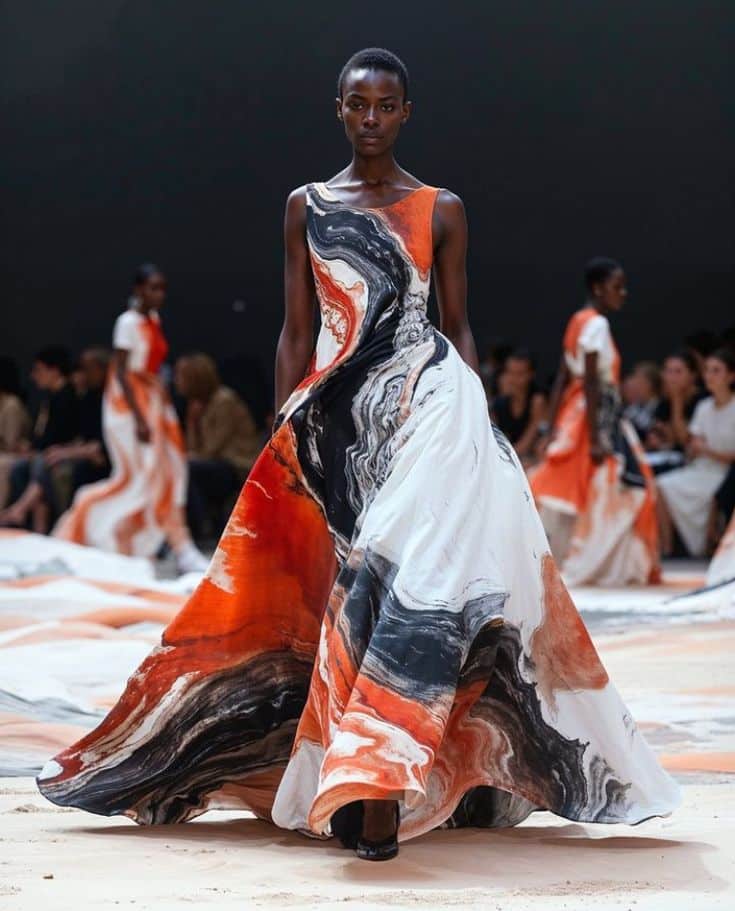
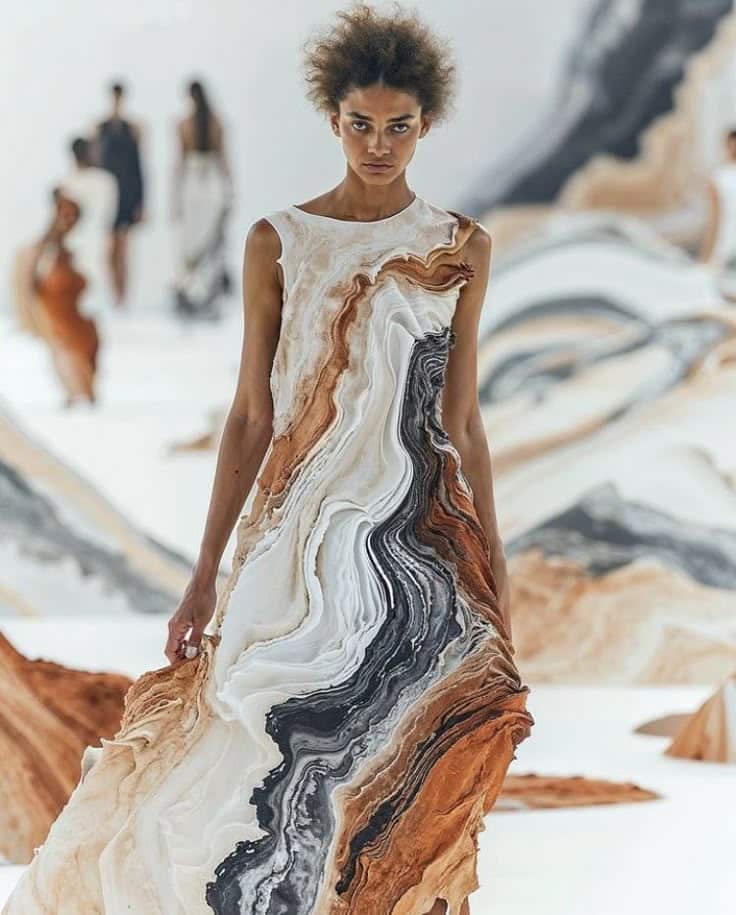
Clothing design often takes cues from fine art movements like Impressionism, Cubism, and Surrealism. Impressionism’s focus on light and color can inspire fabric choices with soft, blended tones.
Cubism, with its fragmented shapes and abstract forms, influences pattern design and garment structure. Surrealism adds unexpected elements, mixing unusual prints or asymmetrical cuts.
Designers study these movements to combine history with modern fashion. This helps bring visual excitement and thoughtful detail to clothing without copying art directly.
Photography and Mixed Media
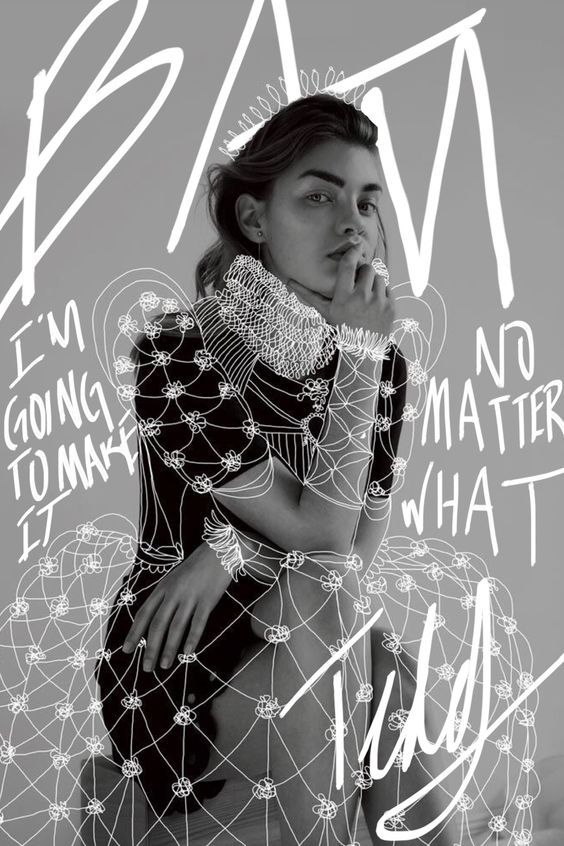
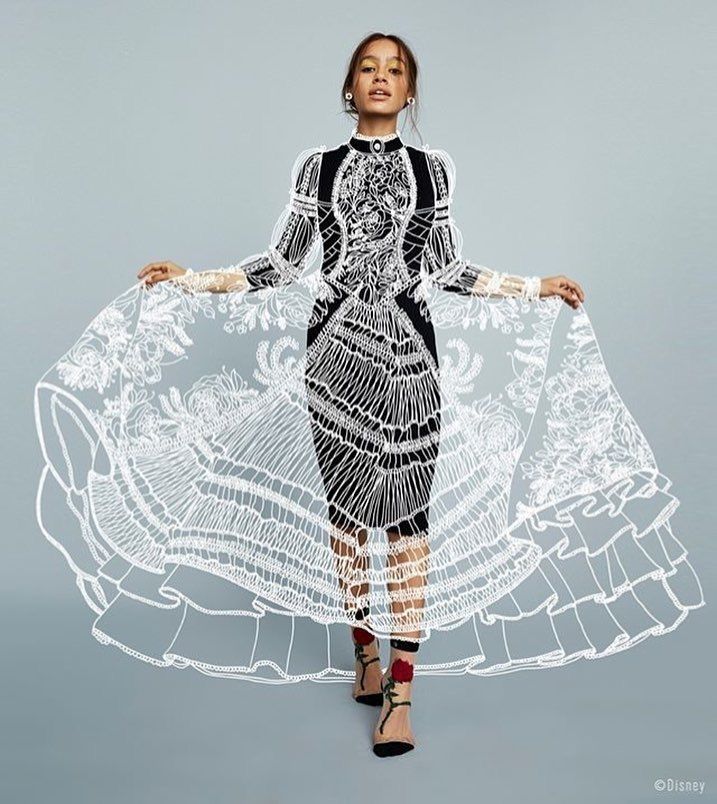
Photography influences clothing by offering new ways to capture reality and emotion. Prints featuring photographs or photorealistic designs create bold, eye-catching pieces.
Mixed media combines photos, paint, fabric, and digital art. This mix results in layered, textured clothing with depth. Designers use collage techniques to tell stories through garments.
Using photography also changes how designers think about light, shadow, and focus. These ideas affect everything from color choice to fabric movement on the body.
Textile Art and Surface Design
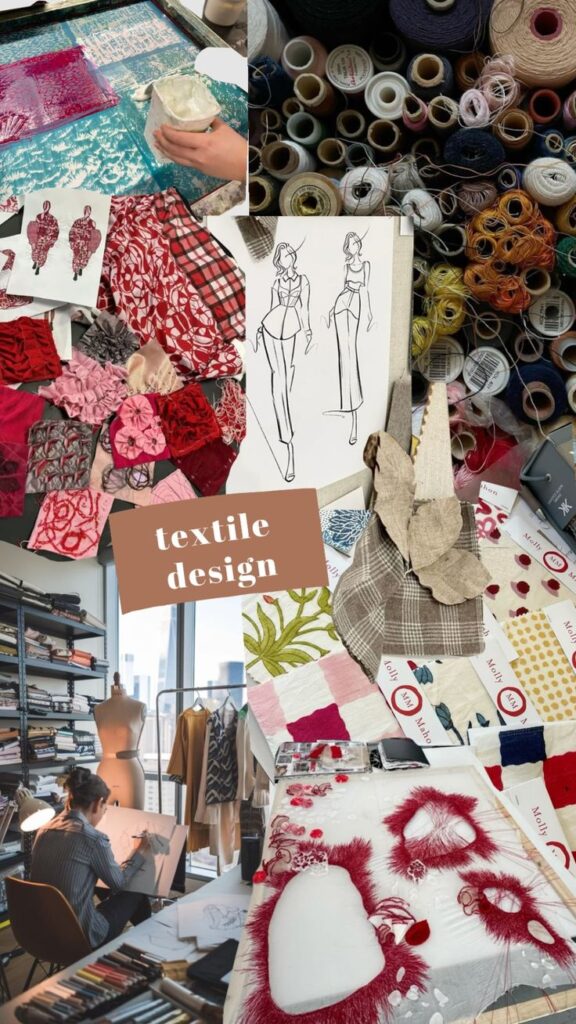
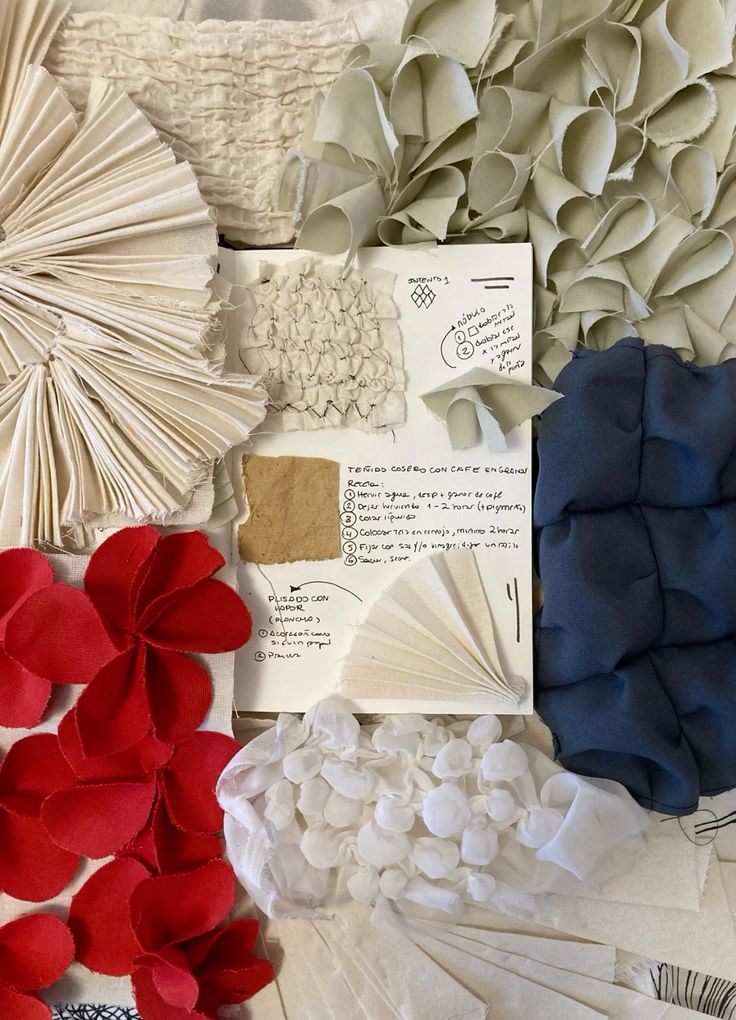
Textile art is the craft of creating fabric itself as an art form. Techniques like weaving, embroidery, and quilting add texture and pattern directly to clothing.
Surface design includes printmaking, dyeing, and painting on fabric. It allows designers to add custom visuals without changing the fabric’s shape.
These methods help create tactile and visual interest while linking traditional craft with contemporary style. Textile art often highlights the skill behind fabric creation and garment decoration.
Street Style and Urban Culture
Street style and urban culture shape clothing design by blending everyday people’s creativity with the city’s energy. This mix brings unique looks from current fashion, local music, and the surrounding architecture.
Contemporary Fashion Trends
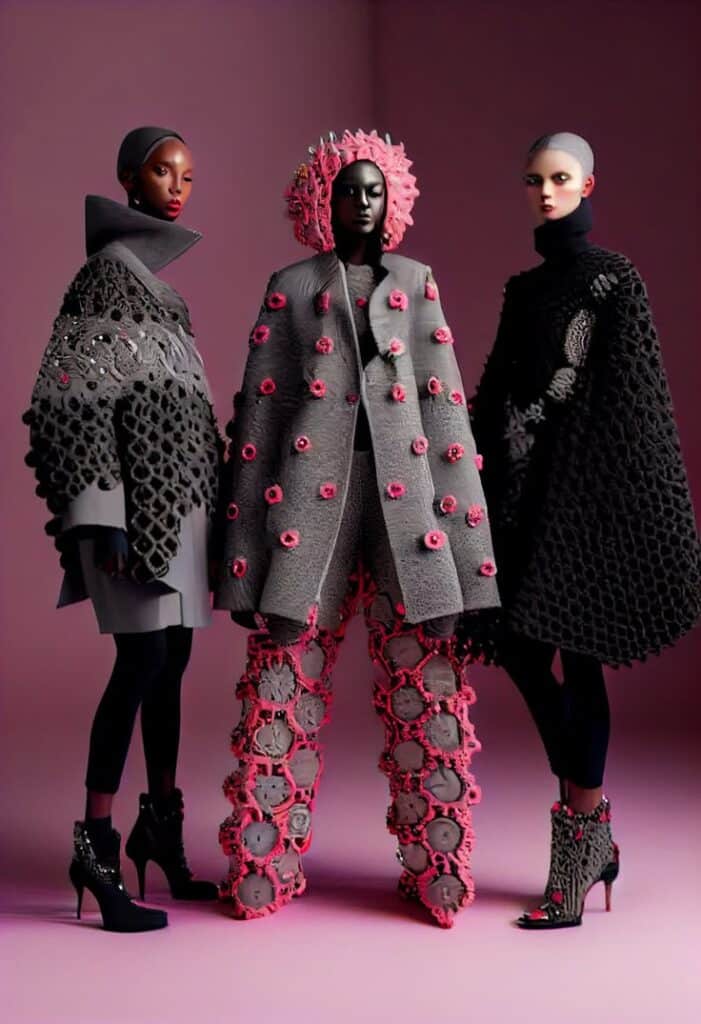
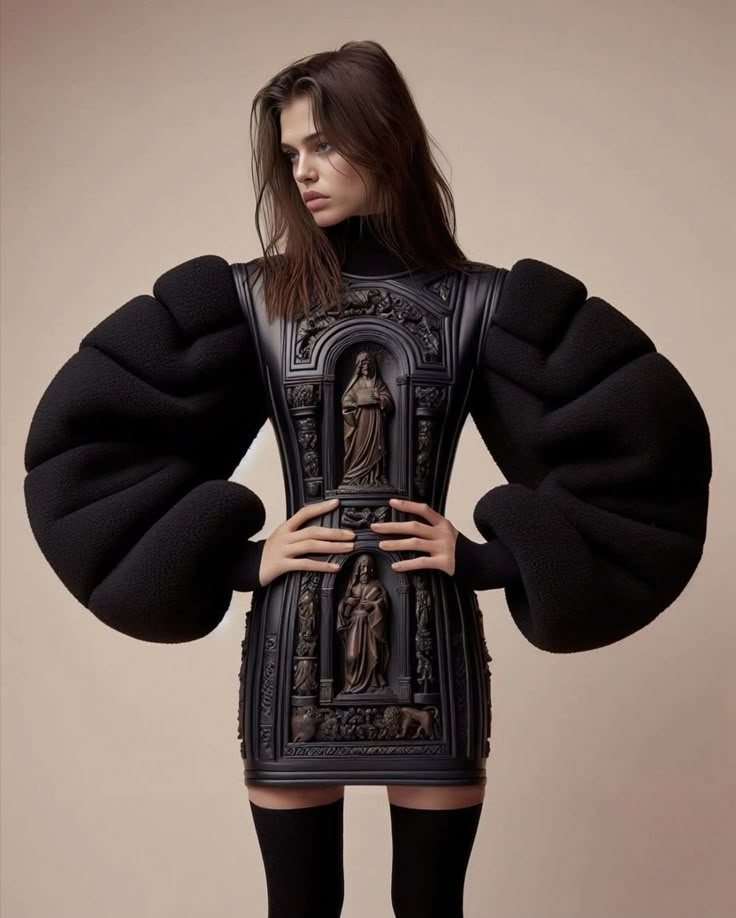
Contemporary street style often features bold colors, oversized silhouettes, and mix-and-match patterns. Designers pull from sportswear, vintage, and high fashion, making the style both practical and expressive.
Sneakers are a major focus in this trend, serving as statement pieces. Accessories like chunky chains, hats, and branded bags complete the look. The emphasis is on comfort combined with eye-catching details.
Social media plays a key role, spreading new ideas quickly. Influencers showcase fresh trends, making street style more visible and diverse than ever before.
Subcultures and Music Scenes
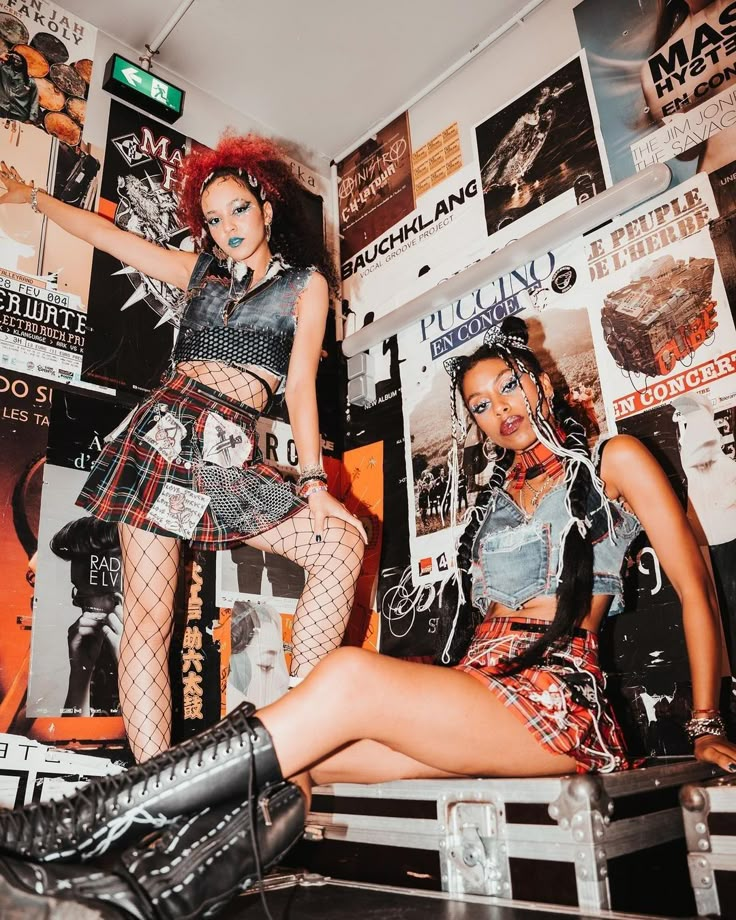
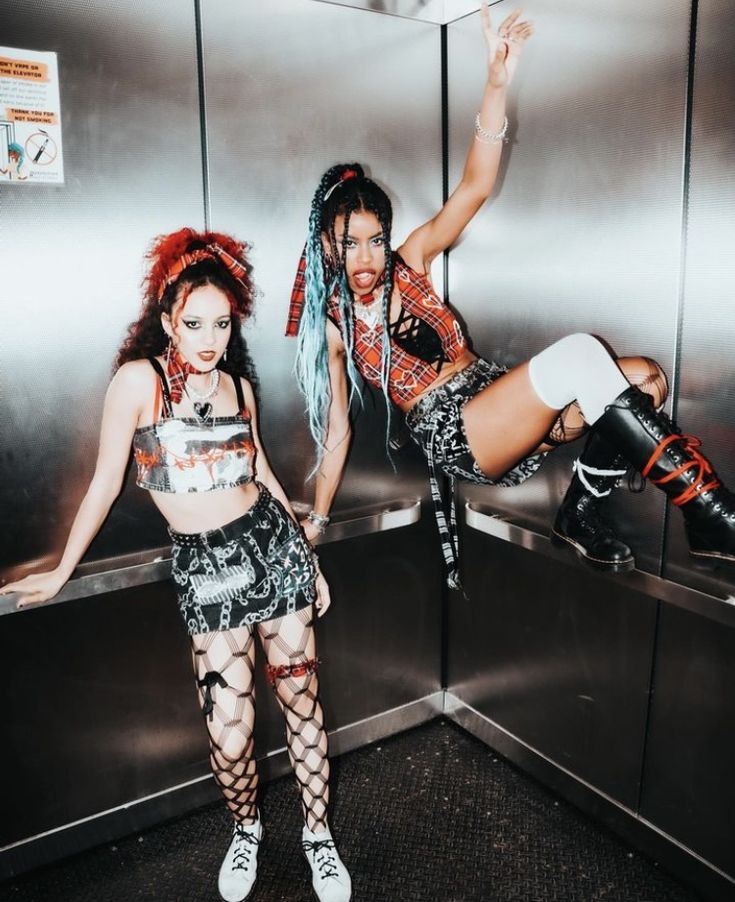
Street style is deeply influenced by subcultures linked to music genres such as hip-hop, punk, and reggae. Each scene has distinct clothing that reflects its identity and values.
Hip-hop fashion includes baggy pants, graphic tees, and flashy jewelry. Punk style often features leather jackets, ripped jeans, and bold patches. These elements communicate rebellion and creativity.
Music events and local artists inspire designers to experiment. This connection between fashion and music keeps street style dynamic, rooted in community and self-expression.
City Life and Architecture
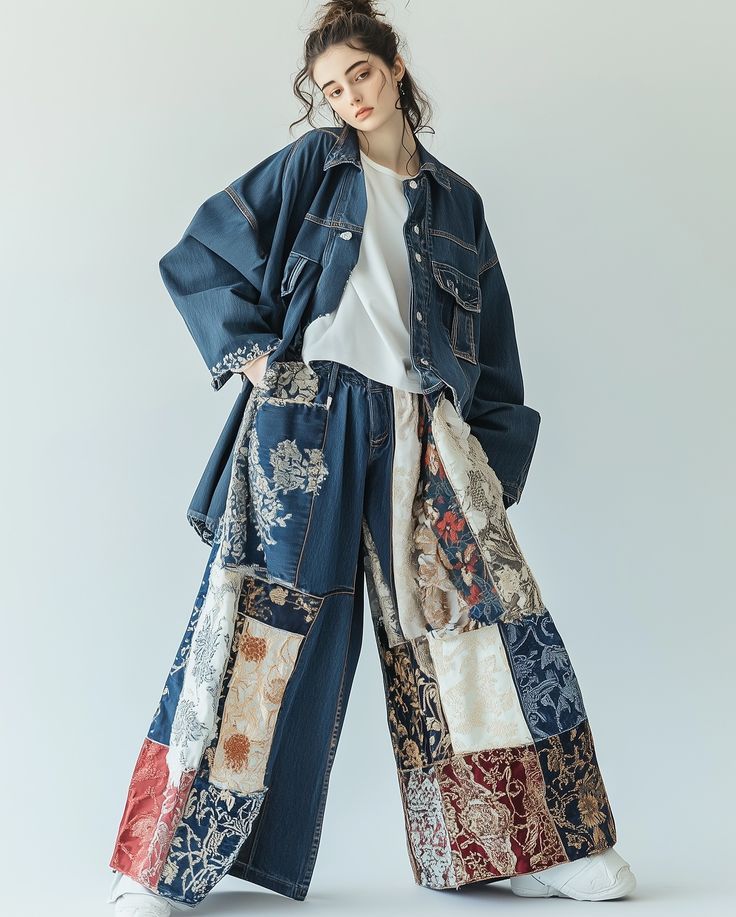
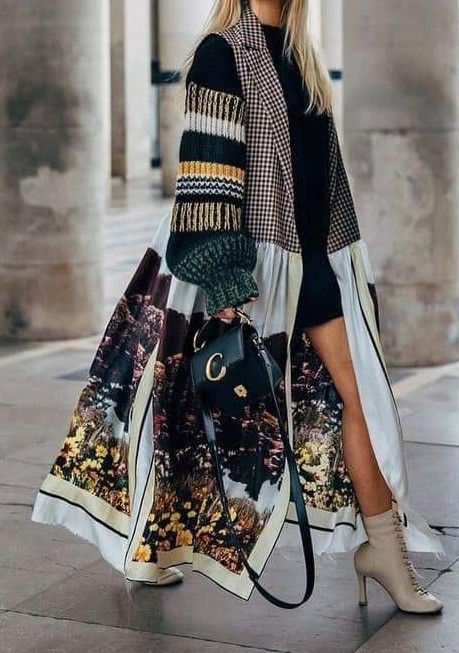
Urban architecture influences how people dress for both style and function. Cities with cold weather inspire layered outfits, while warmer cities favor lighter, breathable fabrics.
The city streets, with their mix of old and new buildings, affect visual design cues. Designs often mimic sharp lines, geometric shapes, and industrial materials.
Streetwear brands sometimes include elements like reflective fabrics and durable materials to suit urban living. This practical design meets the aesthetic needs created by the fast pace of city environments.
Personal Identity and Expression
Clothing can reveal a lot about a person’s identity and how they want to be seen. It shows choices that reflect personal feelings or beliefs. Some wear clothes to highlight uniqueness, while others use them to tell a story about their life or values.
Gender and Individuality
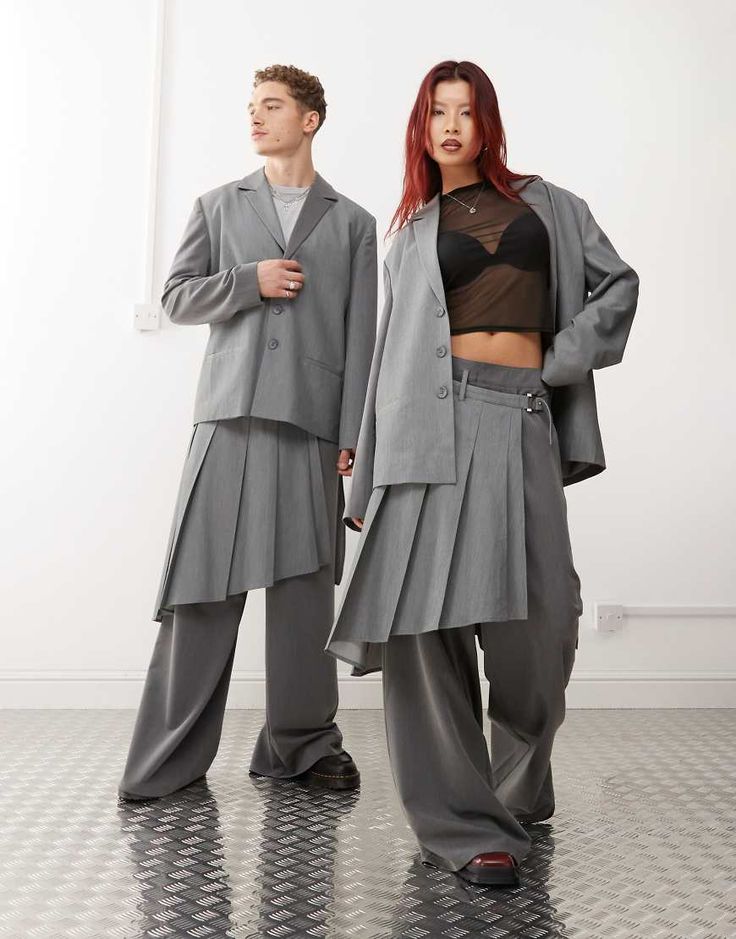
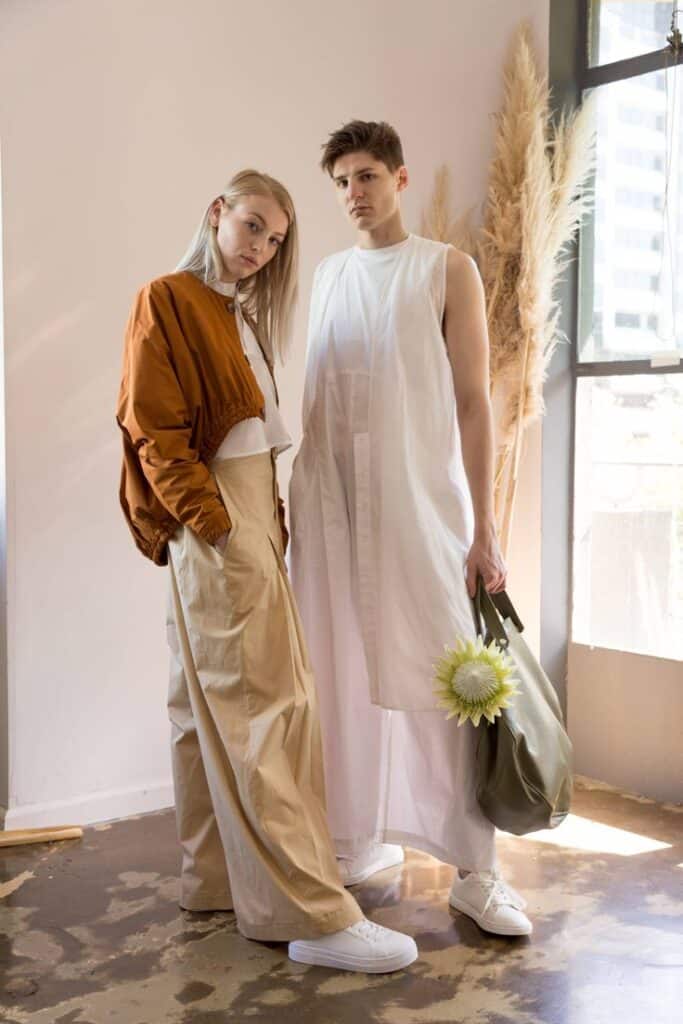
Clothing often plays a role in expressing gender identity. Some people choose styles that match traditional ideas of male or female, while others mix or reject these norms. This can include colors, cuts, or accessories that feel right to them.
Individuality also comes through in the choice of fabrics, patterns, and fits. For example, someone might pick bold prints to stand out or neutral tones to keep a low profile. The way clothes fit and combine shows personal mood and how they want to interact with the world.
Storytelling Through Clothing
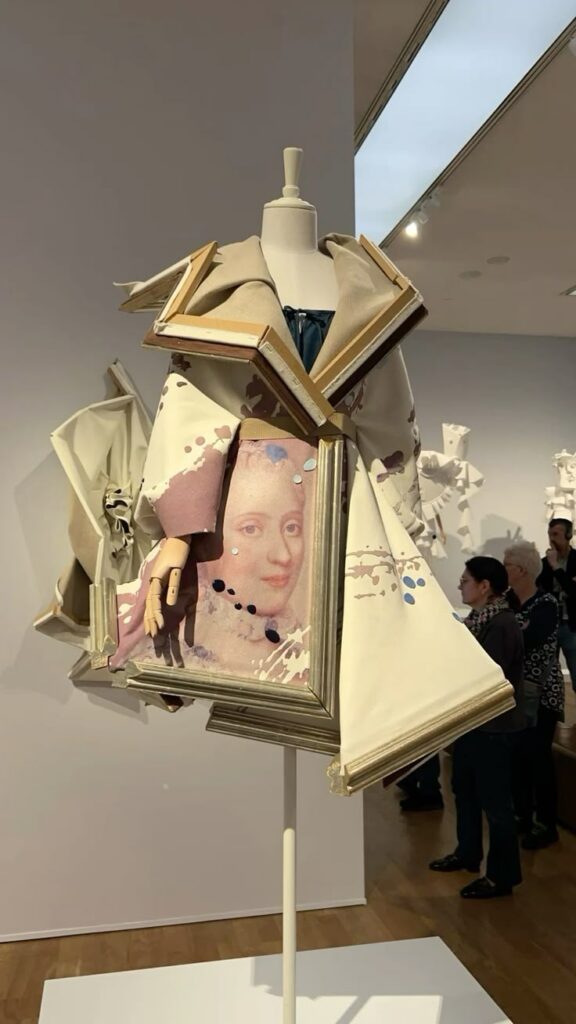
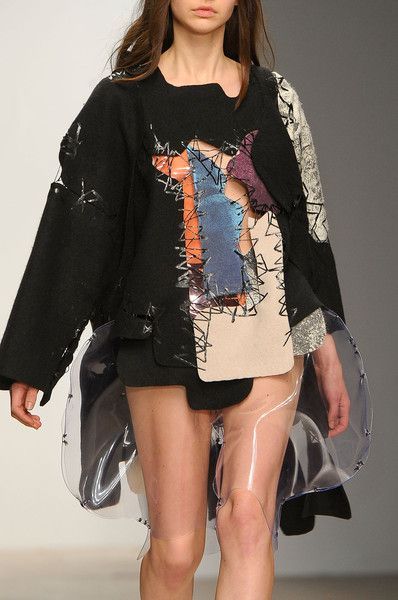
Many people use clothing to share stories about who they are. This can include cultural heritage, experiences, or beliefs shown through symbols, colors, or designs. A veteran might wear a jacket with patches that represent their service, for example.
Clothing can also mark important life moments, like a graduation gown or wedding dress. These garments carry meaning beyond function. They communicate messages without words and connect a person to their memories or community.
Sustainable and Ethical Inspiration
Sustainable clothing design focuses on reducing harm to the environment and improving social responsibility. Designers look at ways to use fewer resources and minimize waste in their work.
Eco-Friendly Design Practices
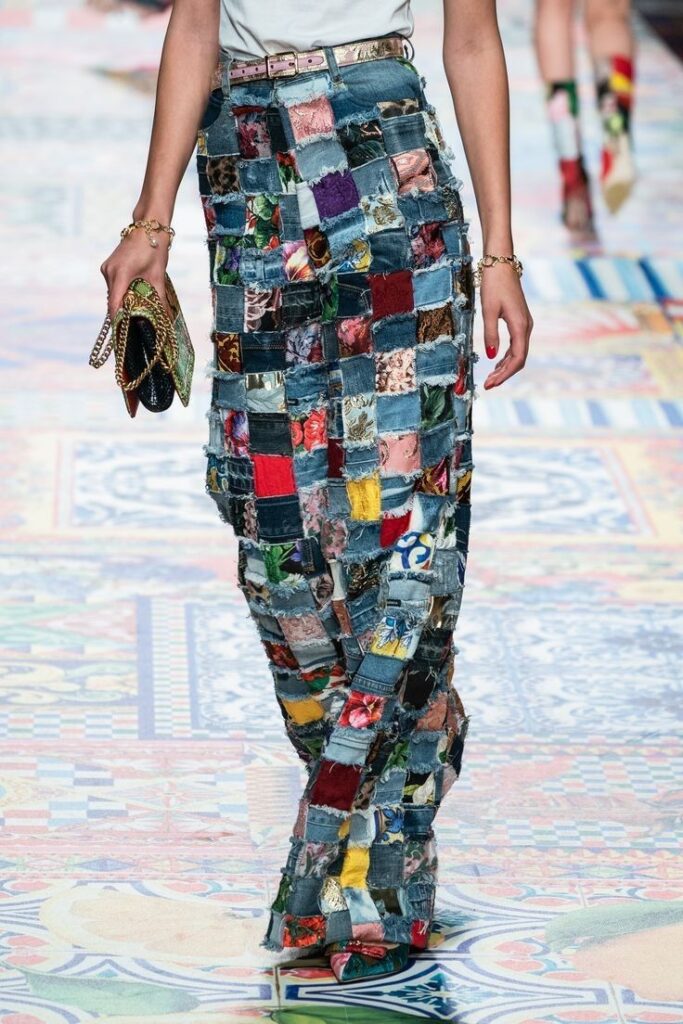
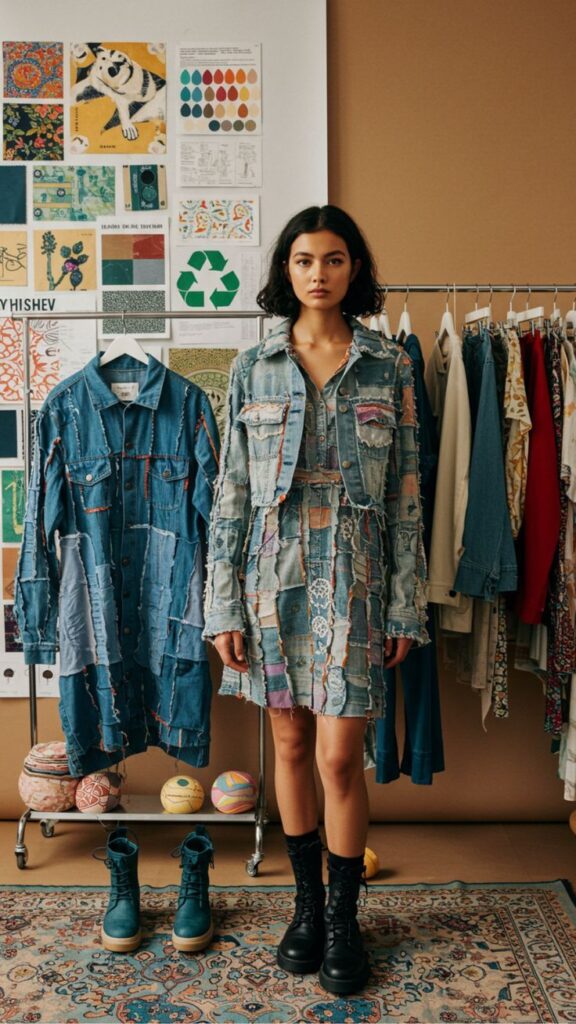
Eco-friendly design means using materials and methods that lower environmental impact. This includes organic cotton, bamboo, and recycled fabrics, which need less water and chemicals to make.
Designers also focus on energy-efficient production and reducing pollution. This can mean local manufacturing to cut transportation emissions or using natural dyes instead of harmful chemicals.
Smart design choices, like creating durable pieces or modular clothing that can be repaired or updated, help reduce waste. These practices support both the environment and long-term use of the clothing.
Upcycling and Reclaimed Materials
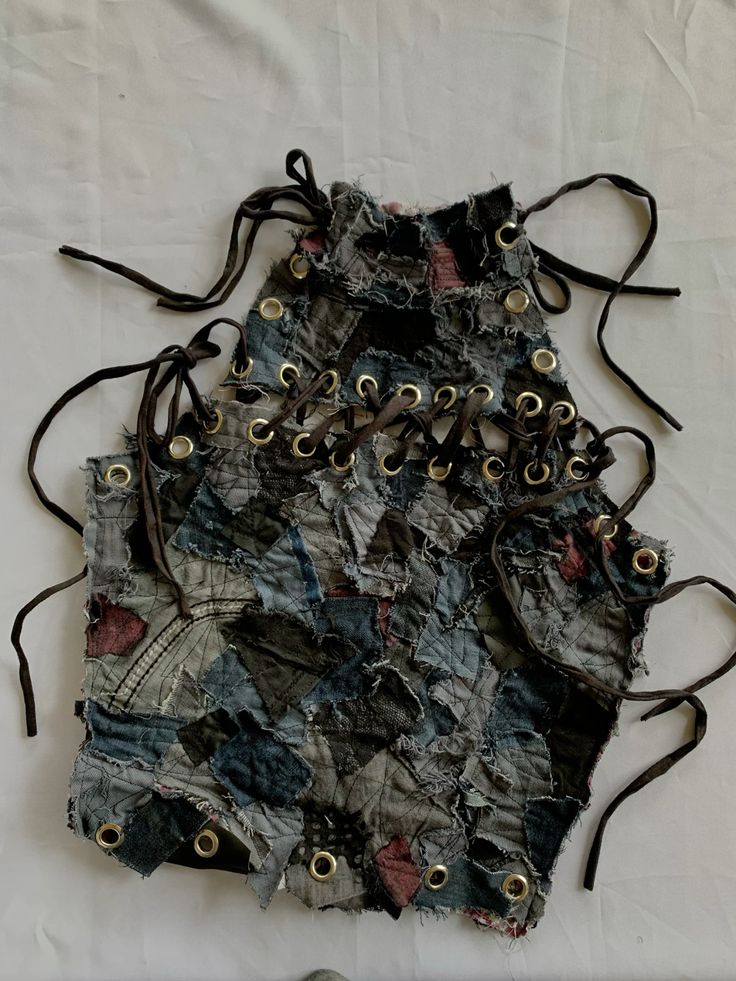
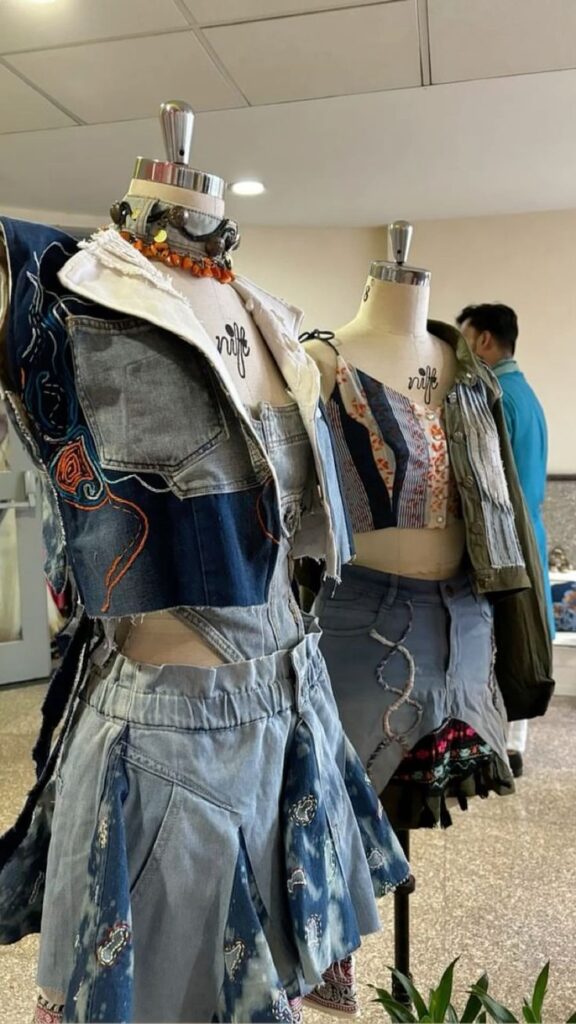
Upcycling uses old or discarded textiles to create new clothing, giving fabric a second life. This approach cuts down the need for new raw materials and diverts waste from landfills.
Designers might take vintage clothes or scraps from factories, then transform them into fresh, unique designs. This can include patchwork, embroidery, or re-cutting pieces to fit current trends.
Using reclaimed materials often adds character and value to clothing. It also promotes creativity, as designers work with what is available rather than relying on mass production.
Travel and Global Exploration
Travel exposes designers to new styles, materials, and techniques. It helps them see how culture shapes clothing and encourages fresh ideas. Exploring different parts of the world can spark creativity and lead to unique clothing designs.
International Fashion Destinations
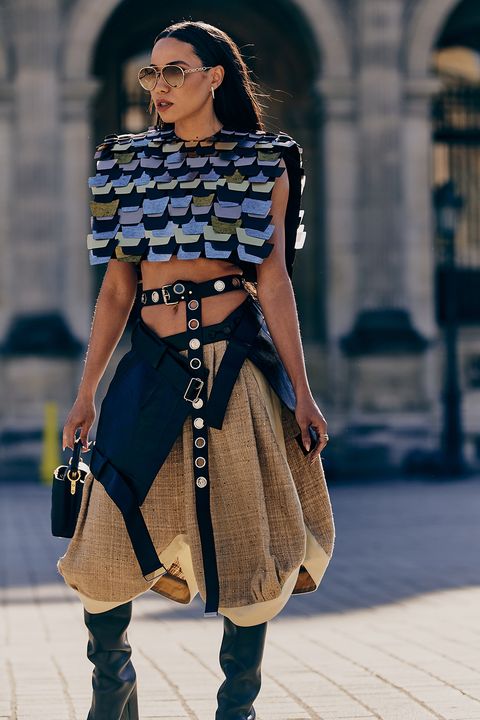
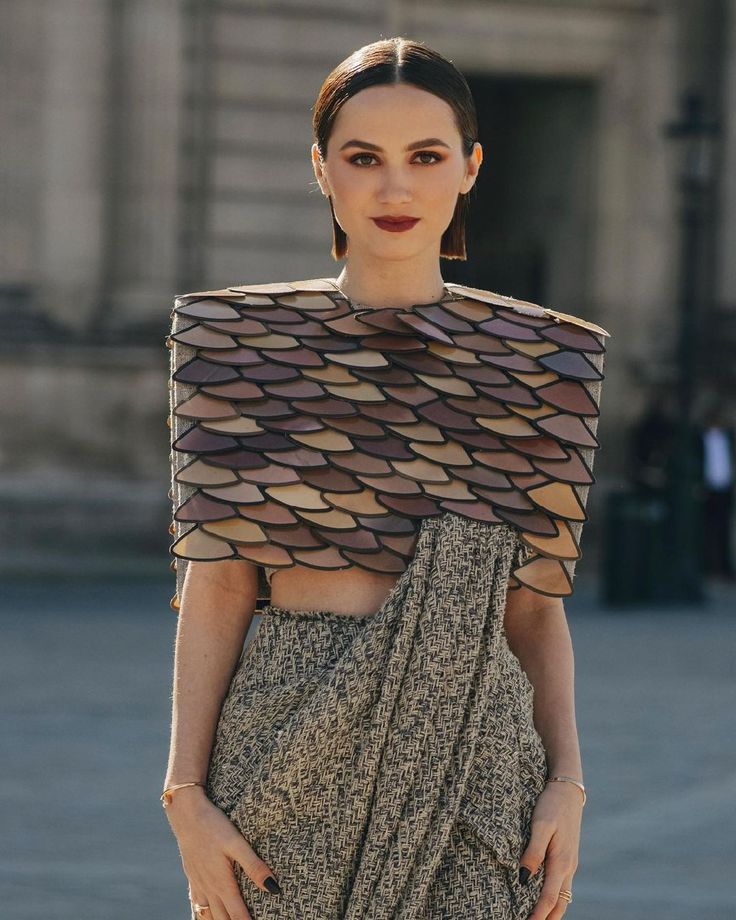
Cities like Paris, Milan, Tokyo, and New York are key spots for designers. These places host fashion weeks that showcase global trends and innovations. Visiting local markets and boutiques offers insight into regional fabrics and craftsmanship.
For example, Paris is known for haute couture and classic elegance. Tokyo blends tradition with futuristic streetwear. Milan favors high-quality tailoring, while New York highlights urban and diverse styles. Each destination adds a distinct voice to fashion inspiration.
Cross-Cultural Collaborations
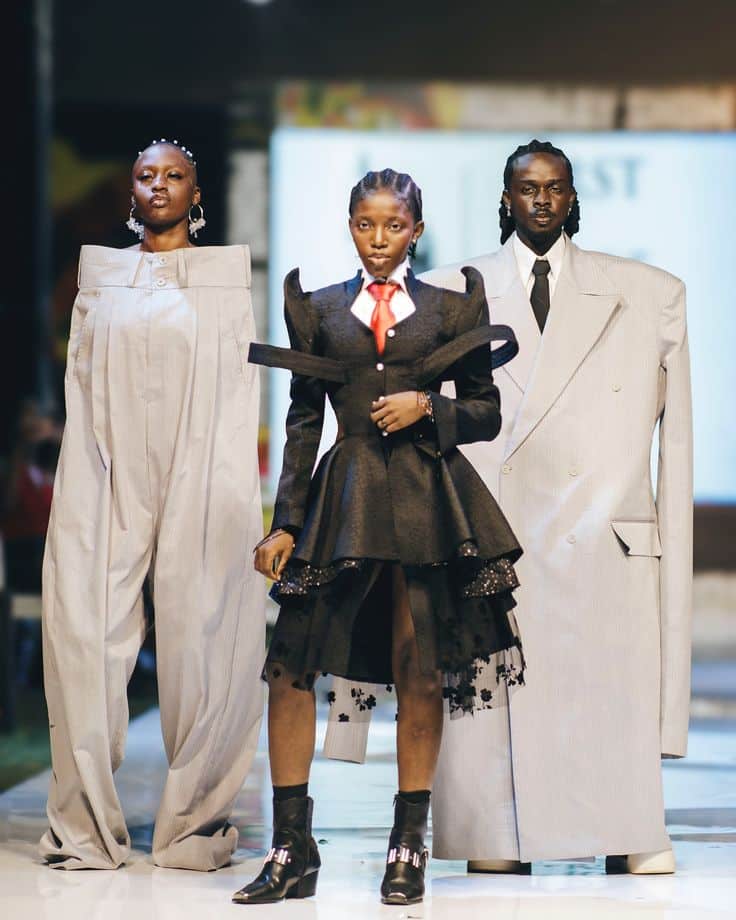
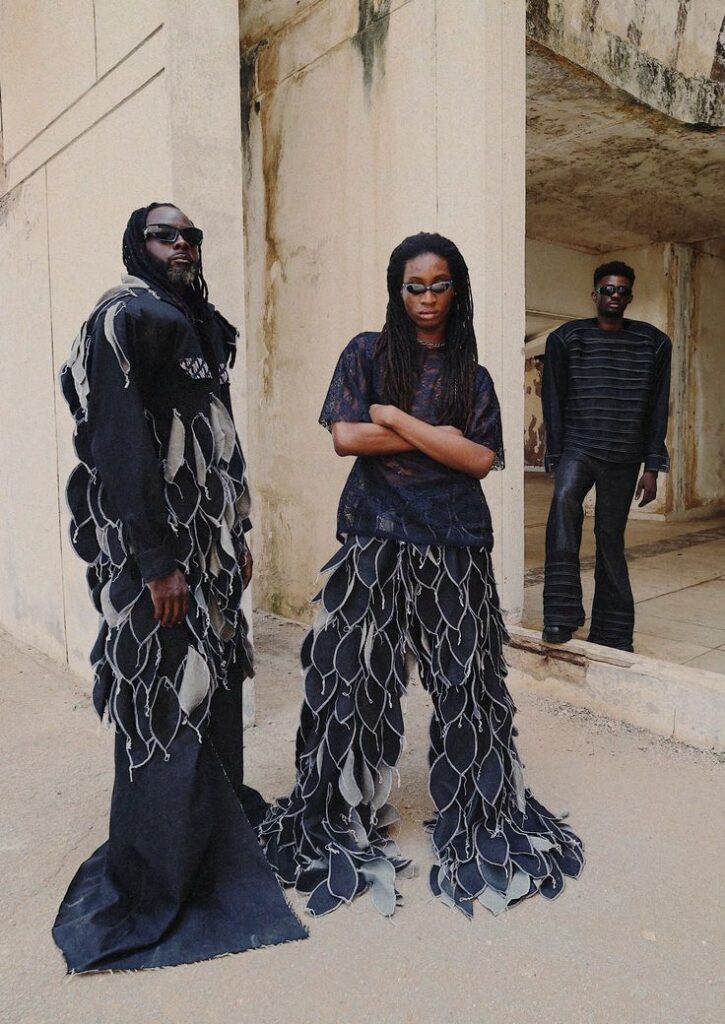
Designers often work with artisans and brands from other countries. These collaborations mix different skills and traditions to create fresh designs. For instance, a designer might combine Indian embroidery with Italian tailoring techniques.
Such partnerships also help preserve traditional crafts by bringing them into modern fashion. They create products that celebrate cultural diversity and offer consumers new and varied choices. Cross-cultural work strengthens creativity and broadens fashion’s reach.
Seasonal and Event-Based Concepts
Designers often draw from specific times of the year and special occasions. These moments provide clear themes and color schemes. The focus is on what fits best with a season or event.
Holiday and Festival Themes
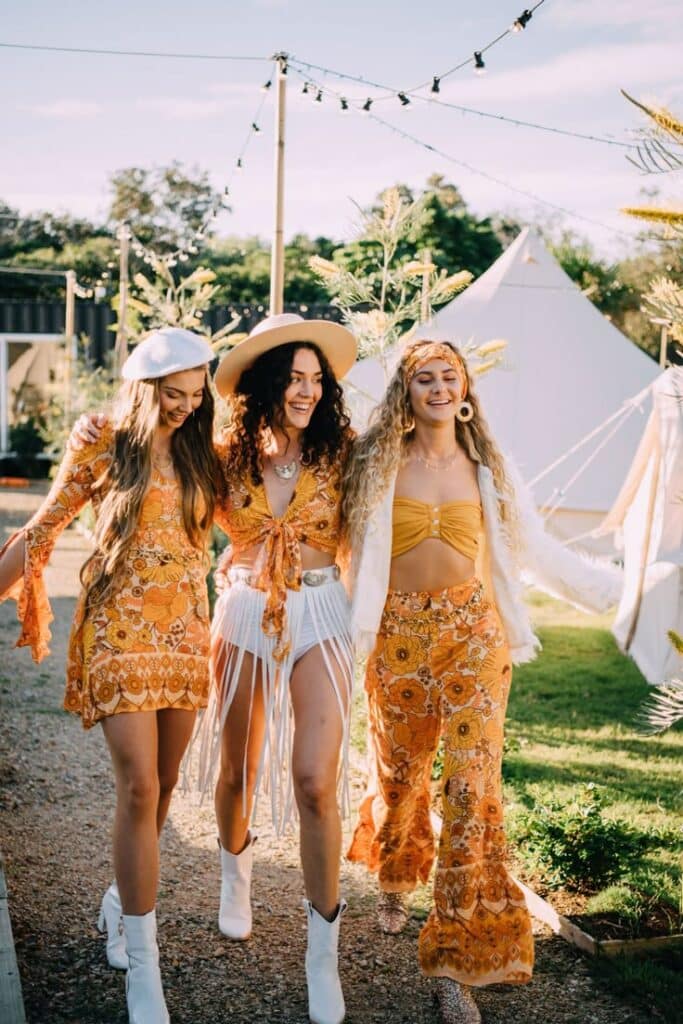
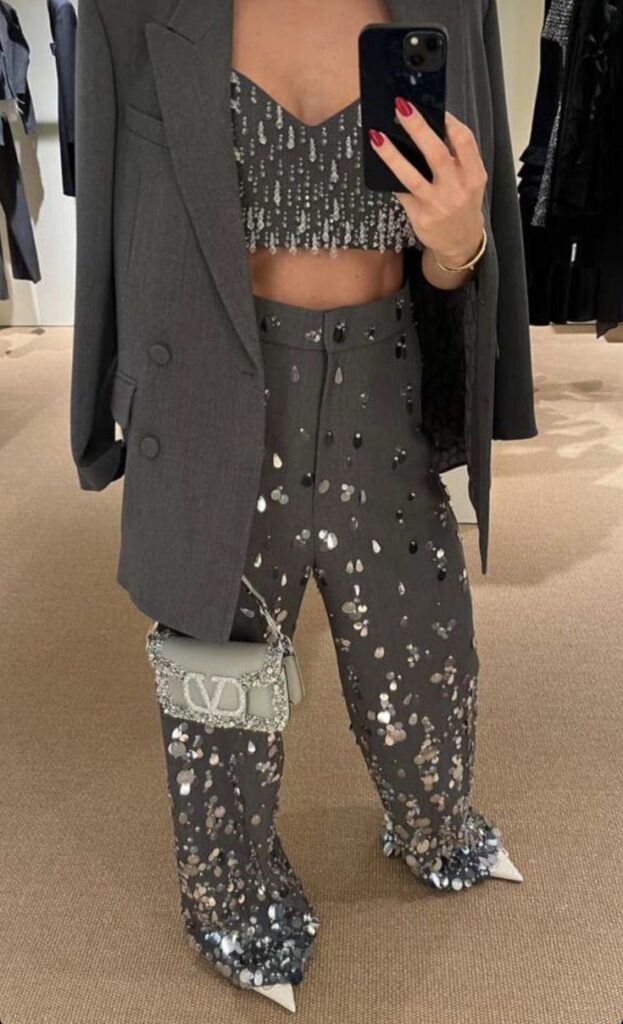
Holiday and festival themes inspire clothing through colors, symbols, and traditions. For example, Christmas designs often use red, green, and white. Patterns might include snowflakes or stars.
Festivals like Mardi Gras bring rich purples, greens, and golds. Designers may use feathers, beads, or masks to reflect the celebration’s mood. Celebrating local or cultural events also influences fabric choices and styles.
Clothing for holidays and festivals balances tradition with creativity. This ensures the designs feel familiar but also fresh and exciting.
Runway and Fashion Week Highlights
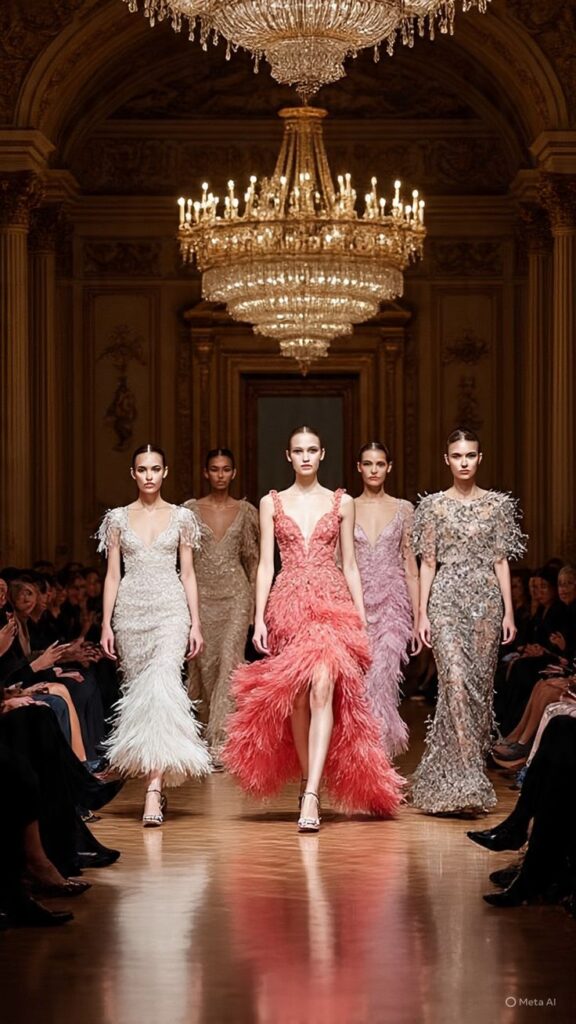
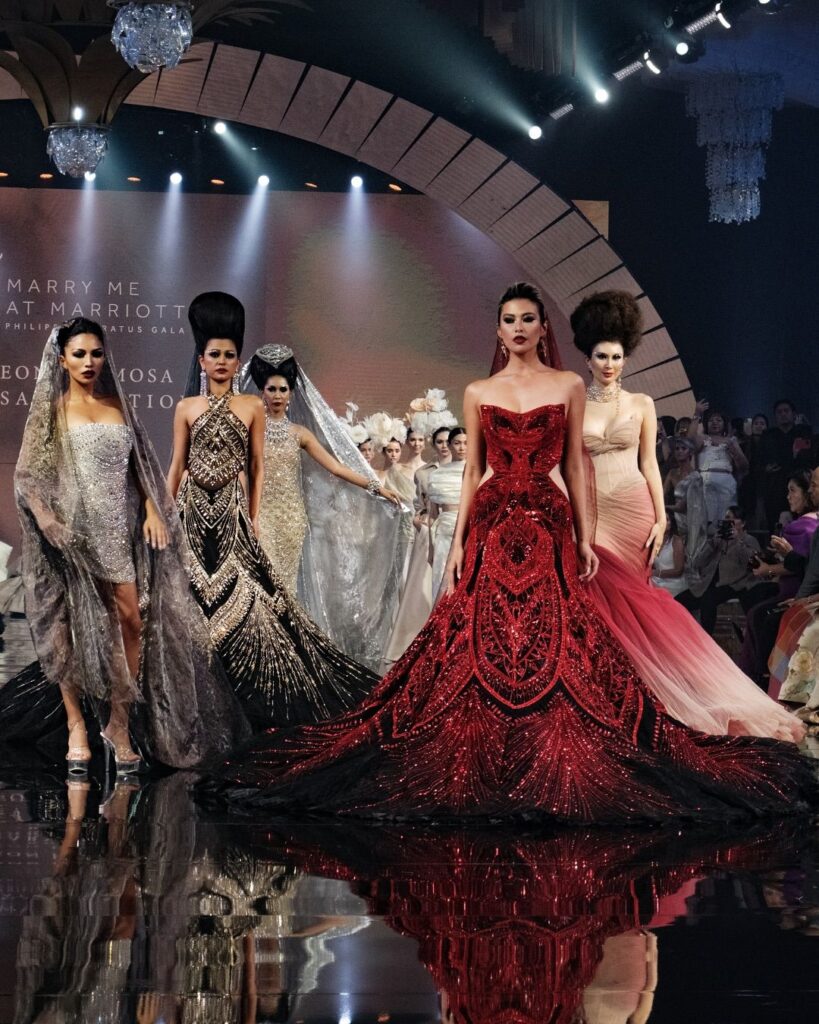
Fashion weeks reveal the latest trends and inspire designers worldwide. Each season, designers showcase new silhouettes, fabrics, and techniques. For example, spring runway shows often focus on light fabrics and floral patterns.
Runway collections also highlight key colors, such as pastels in spring or bold shades in fall. Designers use runway shows to experiment with shapes and layering.
Fashion weeks influence what will appear in stores soon, making them critical for spotting new ideas. Designers watch these events closely to stay current.
Digital Resources for Clothing Design Inspiration
Digital tools give designers many ways to find new ideas. They can explore trends, collect images, and create sketches all in one place. These resources save time and help keep fresh ideas coming.
Social Media Platforms
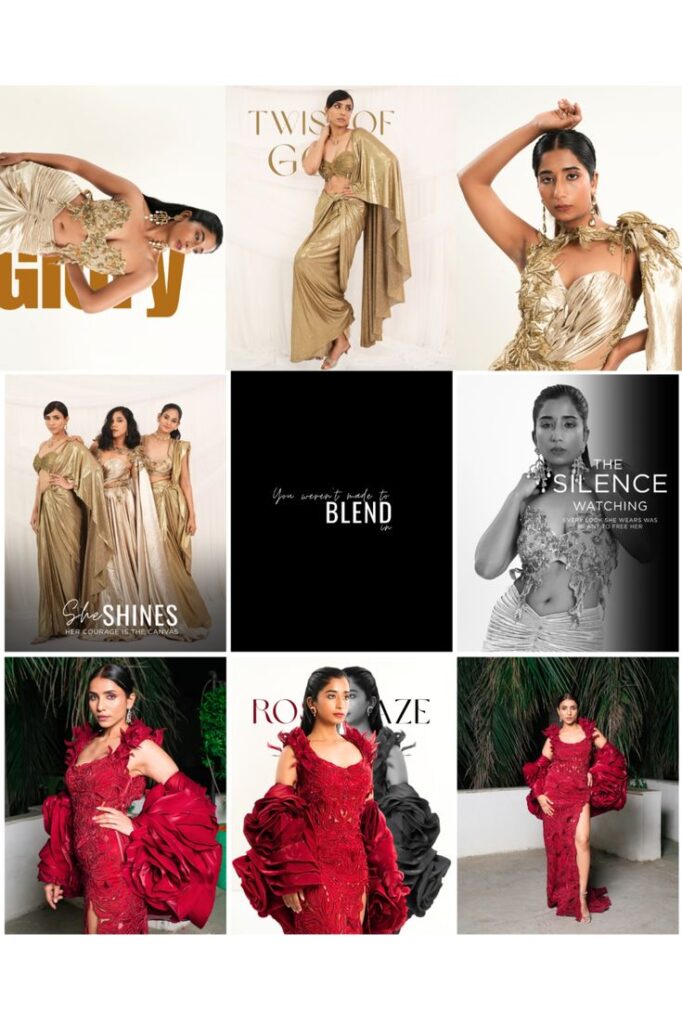
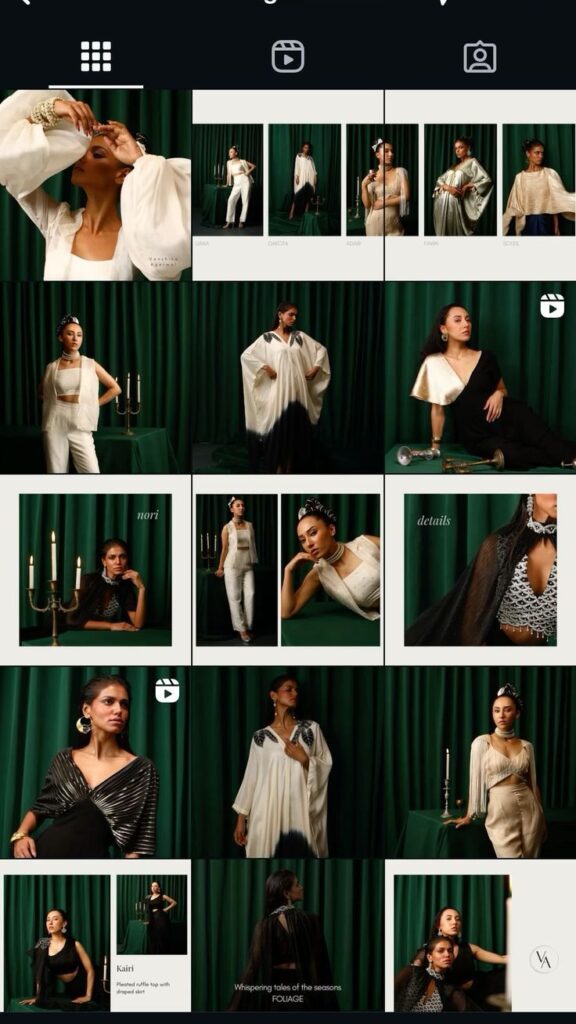
Social media sites like Instagram, Pinterest, and TikTok are rich with clothing design inspiration. Designers follow fashion accounts, hashtags, and influencers to spot trends early.
Instagram’s visual feed lets them see real-time runway shows and street fashion. Pinterest allows saving and organizing ideas in boards for easy access later. TikTok offers short videos showing styling tips and behind-the-scenes looks at design processes.
Using hashtags like #fashiondesign or #streetstyle helps discover niche styles. Social media also connects designers with communities for feedback and ideas.
Online Mood Boards
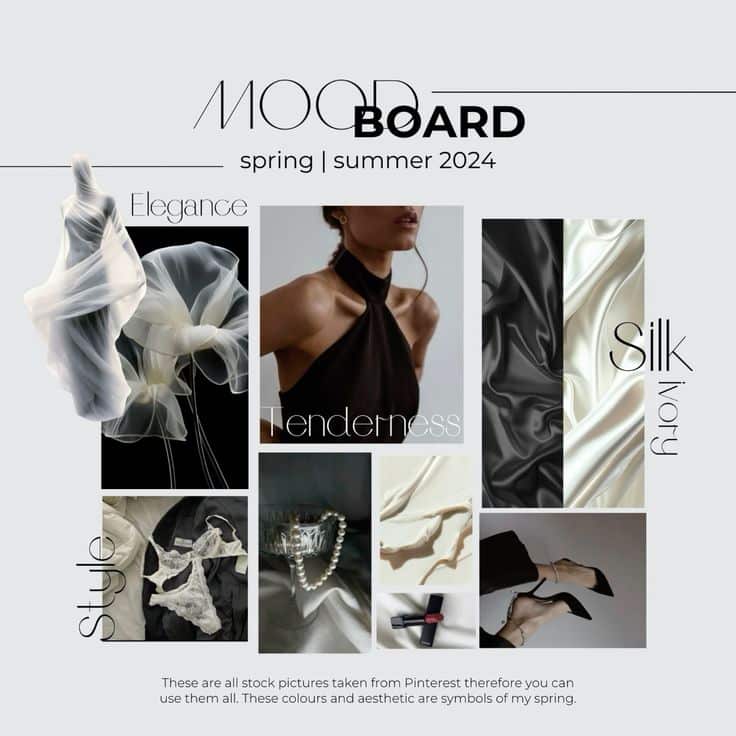
Mood boards online are digital collages of colors, fabrics, patterns, and styles. Platforms like Milanote, Canva, and Pinterest let designers collect and arrange visuals in one place.
This tool helps define a collection’s theme before starting a design. Mood boards make it easier to visualize how different elements work together.
Collaborating on digital mood boards is simple, allowing teams to share ideas no matter where they are. Designers can update boards quickly as new inspiration comes in.
Design Software and Tools
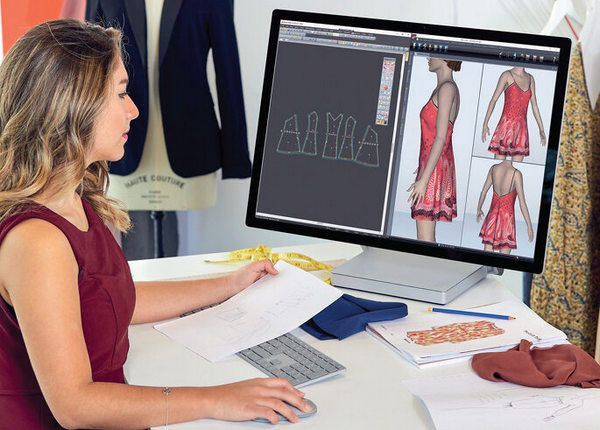
Design software is essential for turning ideas into precise sketches. Programs like Adobe Illustrator and CorelDRAW are popular for creating technical drawings.
3D design tools such as Clo3D and Browzwear let designers see how garments look on virtual models. This helps with fit and fabric choices without making physical samples.
Many tools also feature libraries of fabrics, buttons, and styles. This speeds up the design process and helps create detailed presentations for clients or manufacturers.
| Tool | Purpose | Key Benefit |
|---|---|---|
| Adobe Illustrator | Vector drawing | Precise technical sketches |
| Clo3D | 3D garment simulation | Realistic fit and drape |
| Idea collection | Organize and save visuals | |
| Milanote | Digital mood boards | Easy collaboration |
Developing Your Own Clothing Design Inspiration
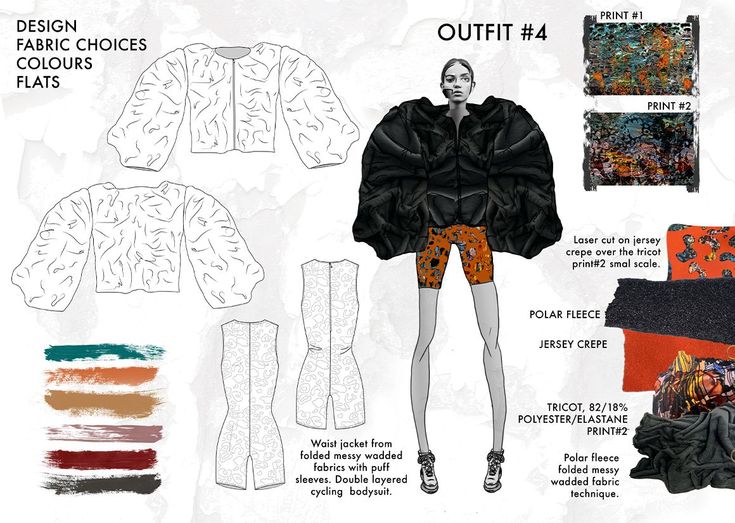
To develop original clothing design inspiration, designers need to observe their surroundings carefully. They look at nature, architecture, and even everyday objects for interesting shapes and colors. Inspiration often comes from simple things that catch the eye.
Designers also keep a visual journal or a mood board. This helps collect ideas in one place. They can include fabric swatches, photos, sketches, and color samples. This organized approach makes it easier to spot patterns and themes.
Trying new techniques and materials is another way to find inspiration. Experimenting with fabric types or sewing methods can spark creative ideas. It allows designers to combine old styles with fresh details.
Taking breaks and stepping away from work can help ideas flow. Sometimes, inspiration appears when the mind is relaxed. Walking, listening to music, or traveling can give designers new perspectives.
Finally, paying attention to current fashion trends and cultural events helps designers stay relevant. But they balance this by adding their unique touch. This way, their designs stand out and feel personal.
| Tips to Develop Design Inspiration |
|---|
| Observe the world closely |
| Keep a mood board or journal |
| Experiment with materials |
| Take breaks to refresh the mind |
| Follow trends, add personal style |
- 1share
- Facebook0
- Pinterest1
- Twitter0
